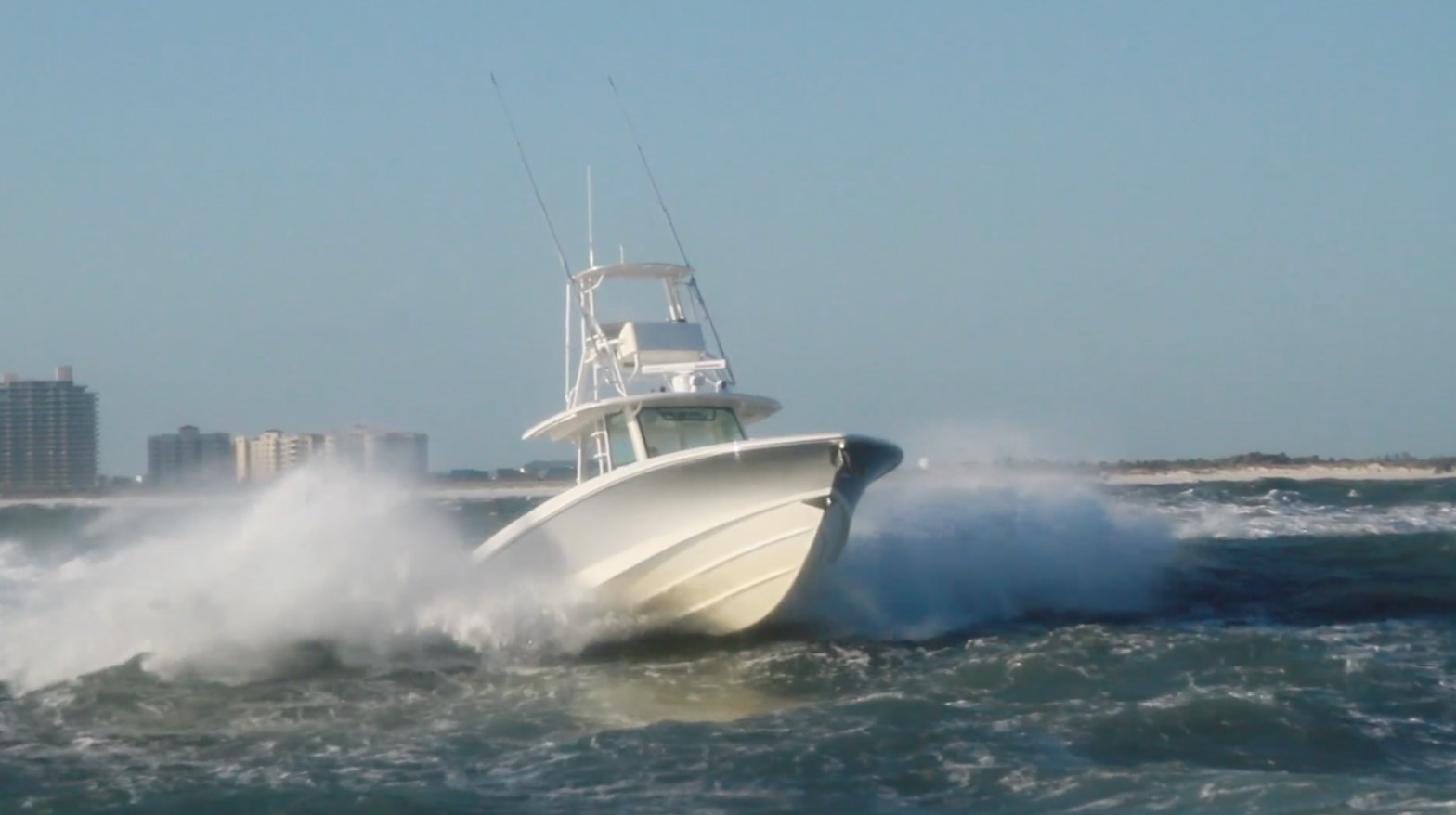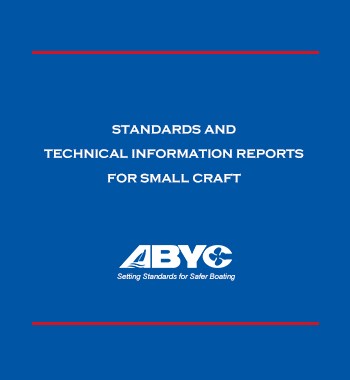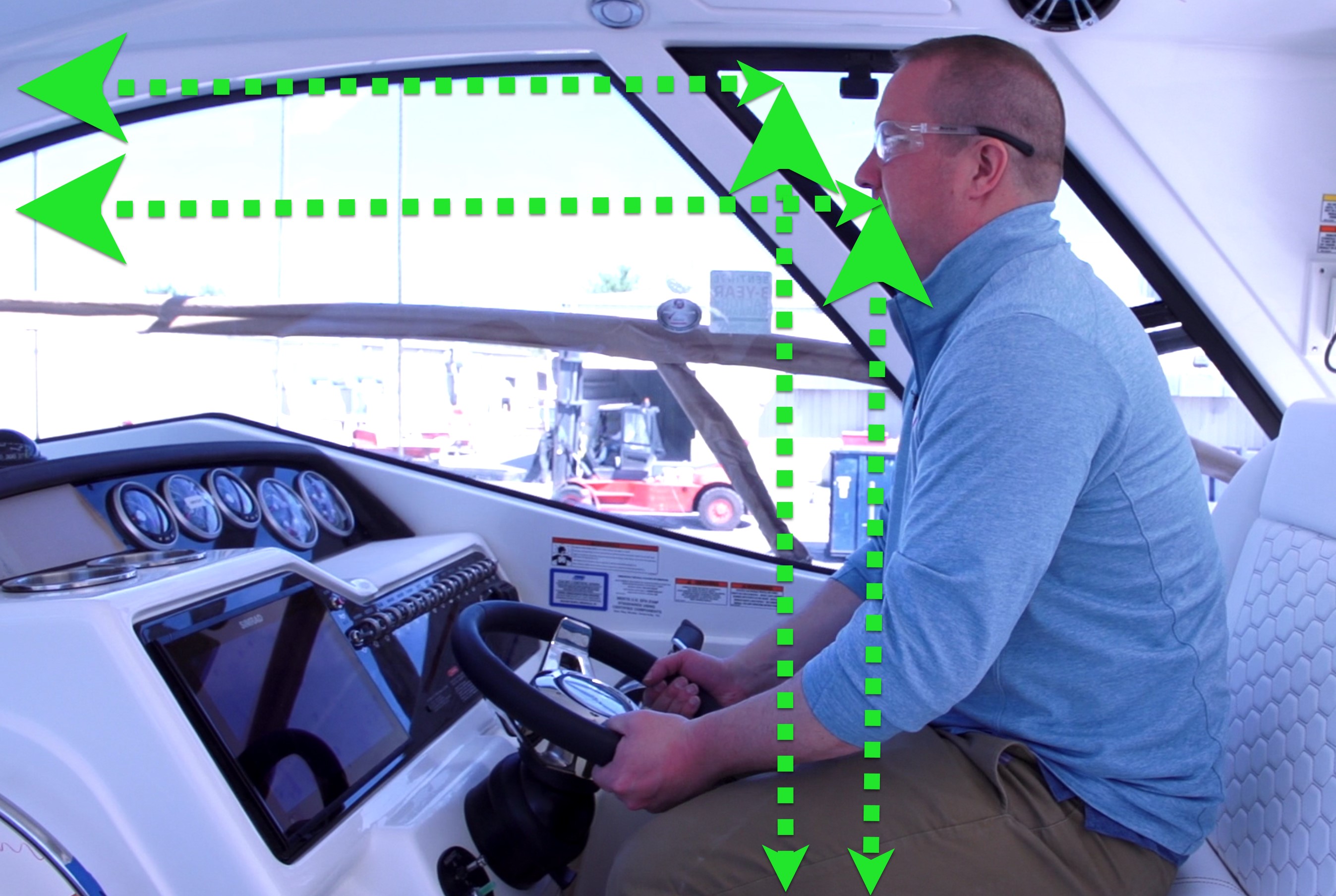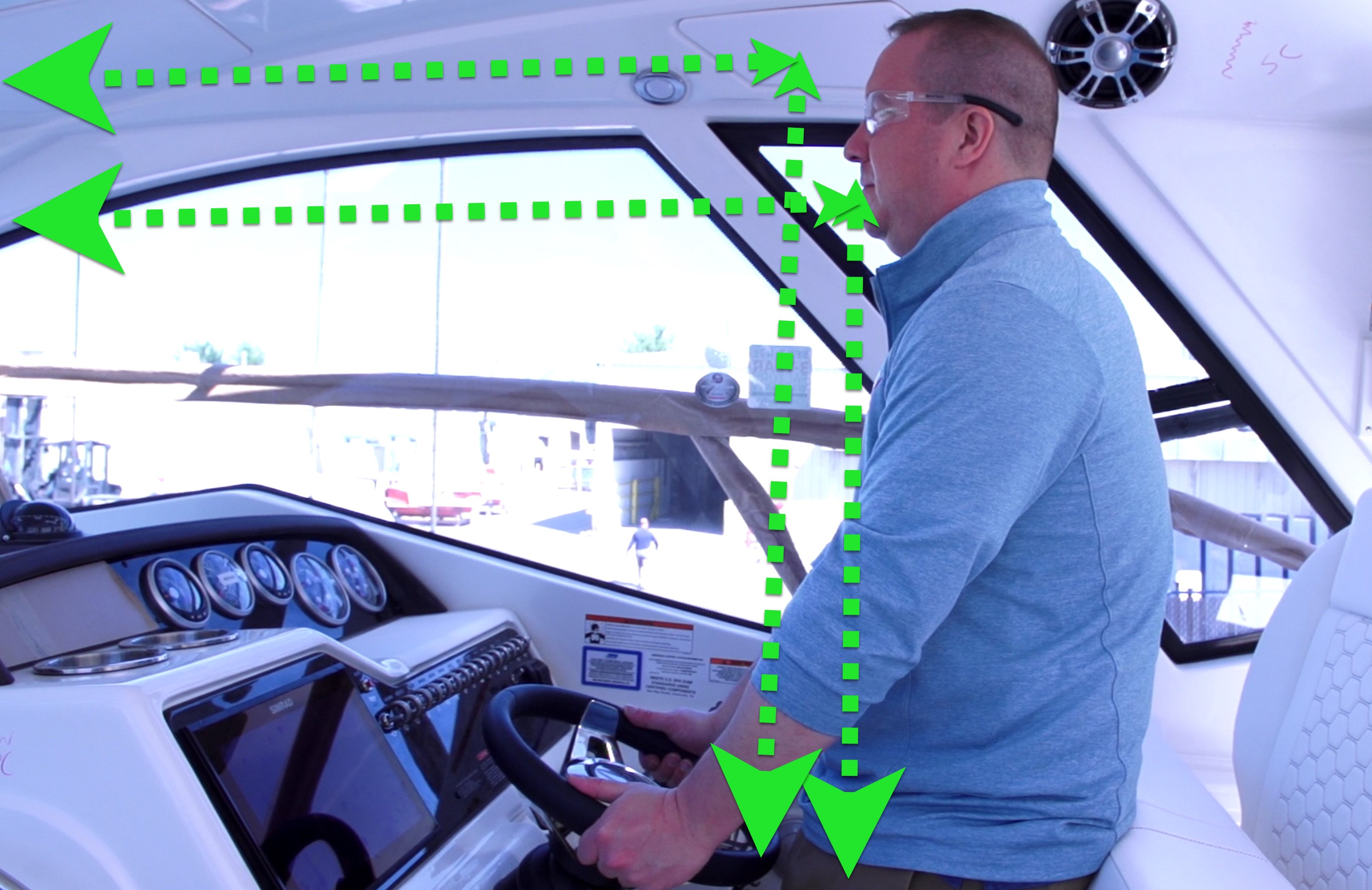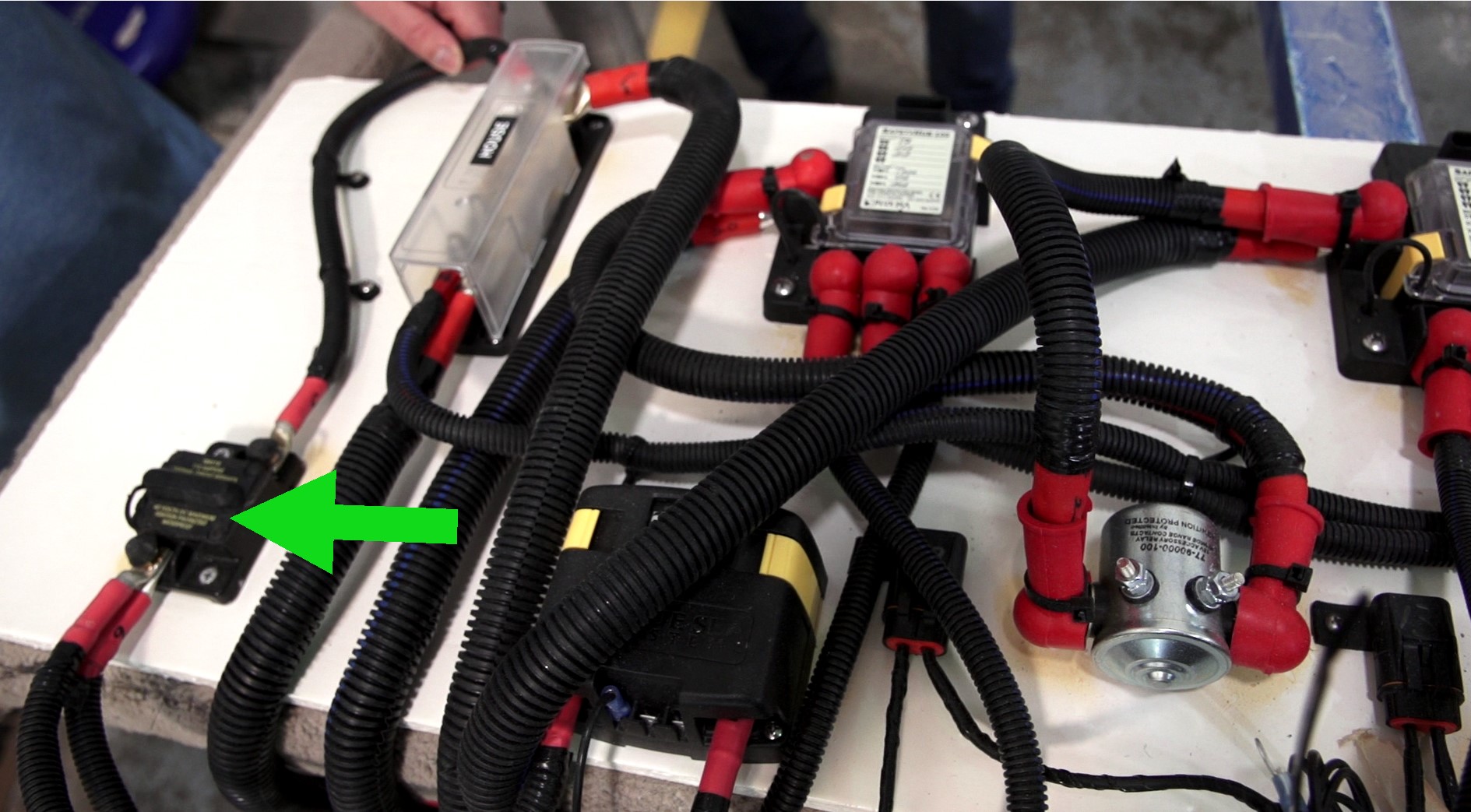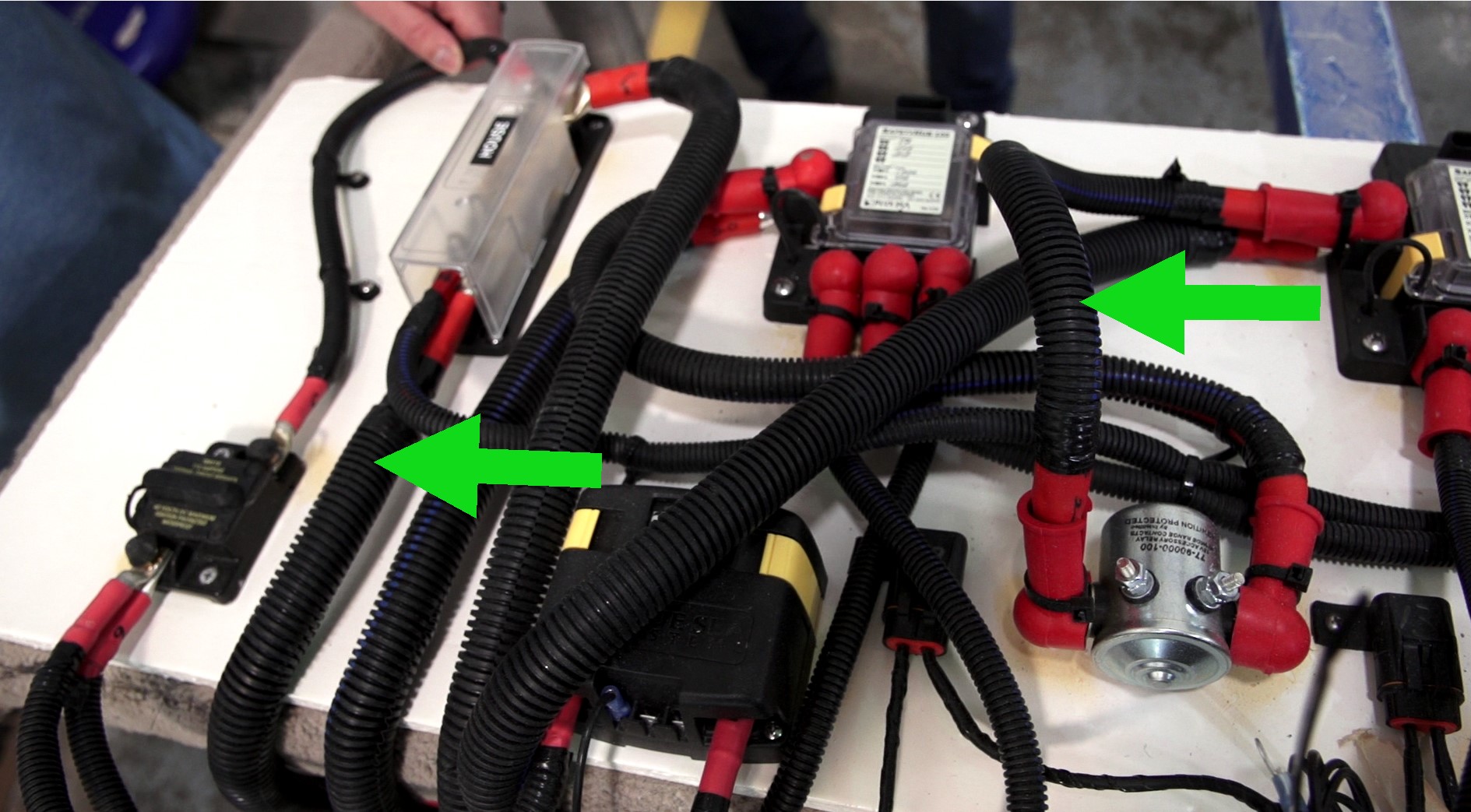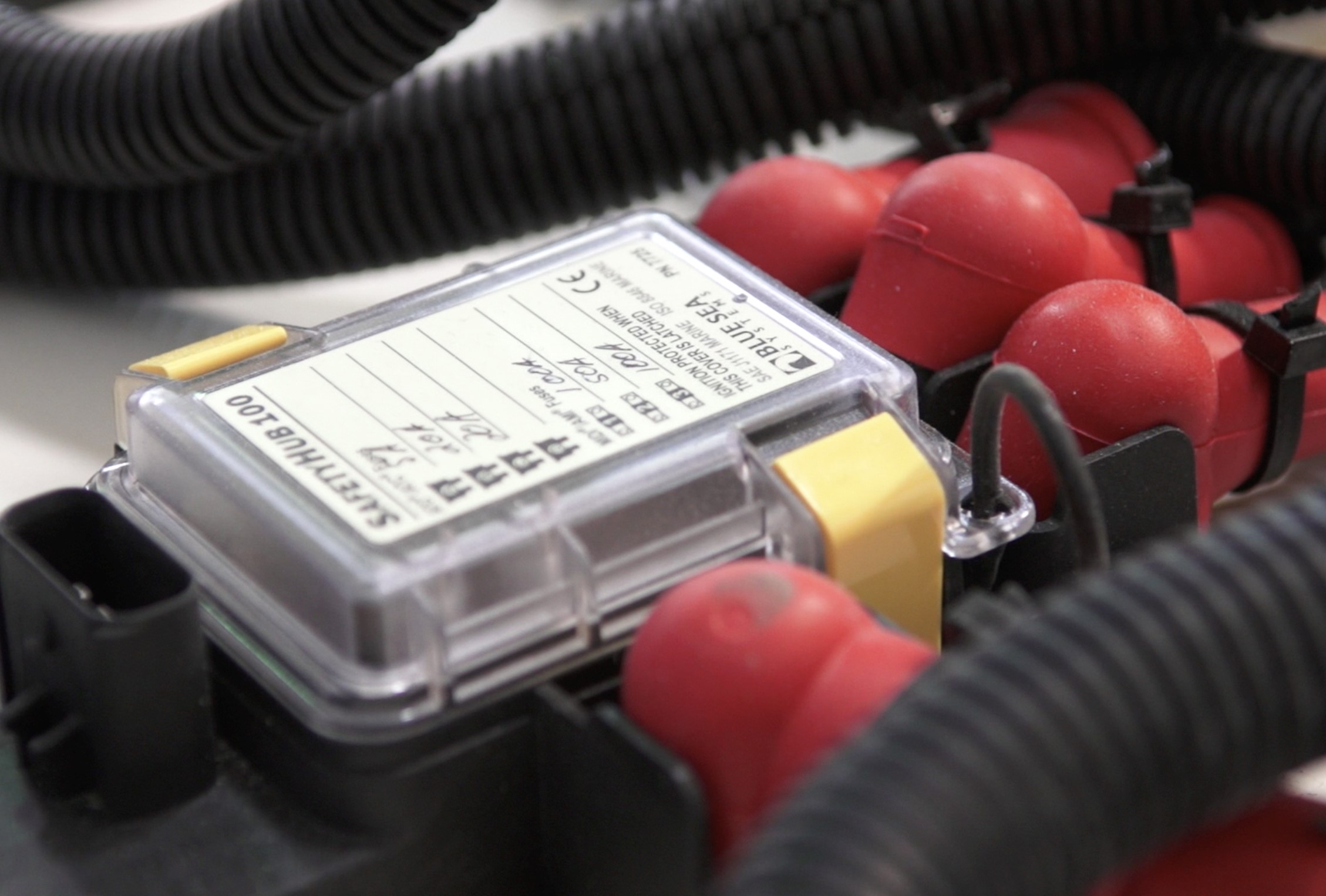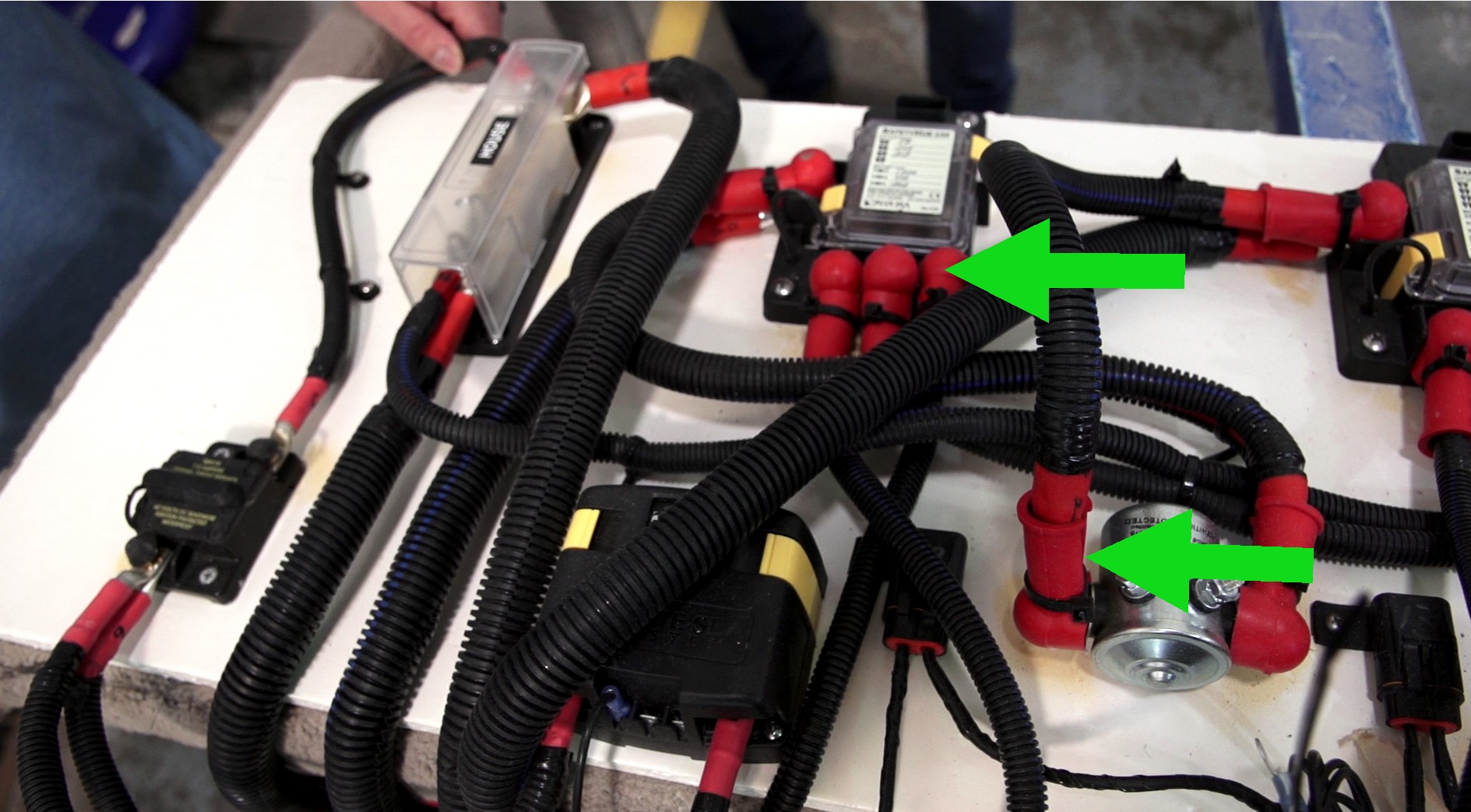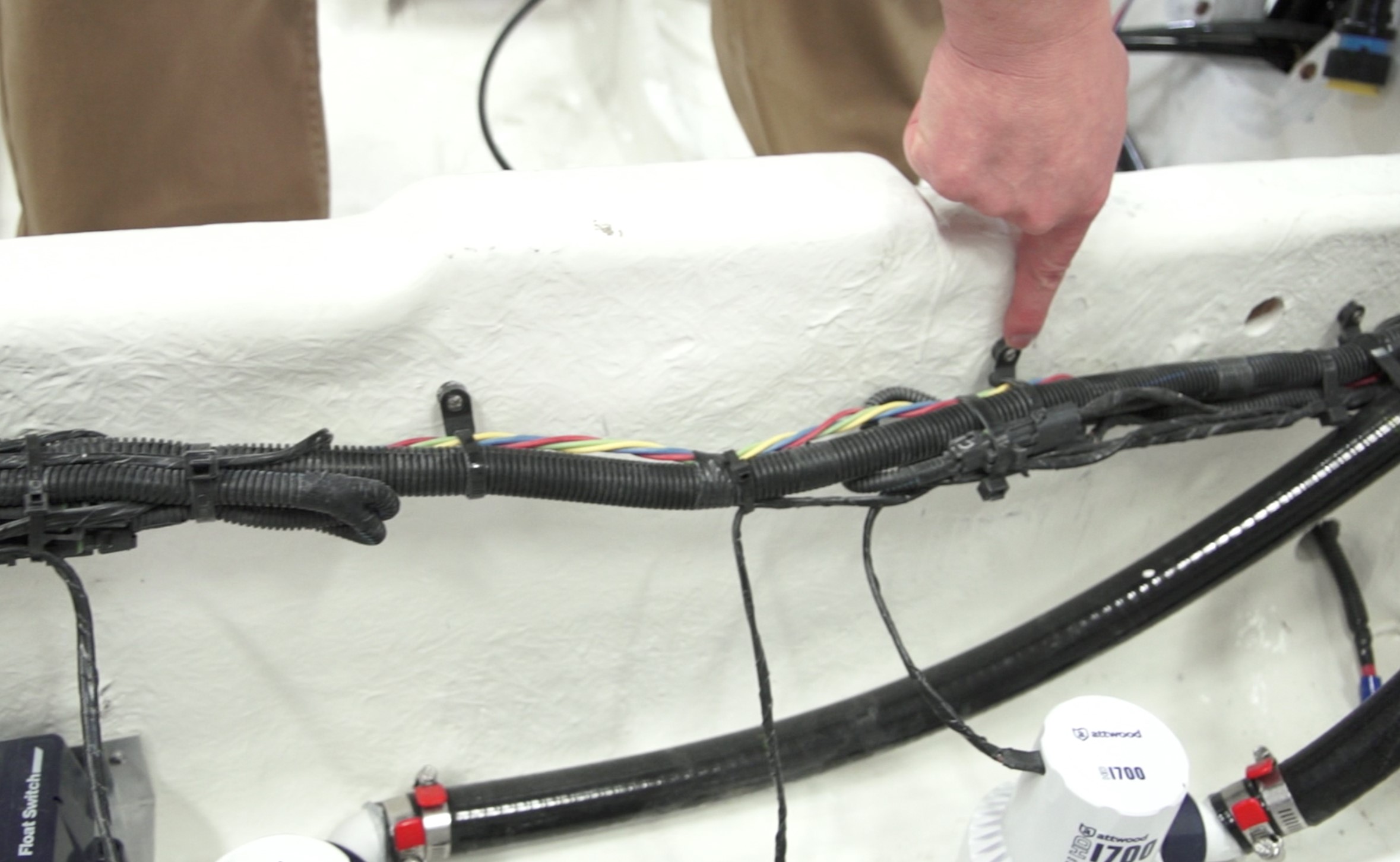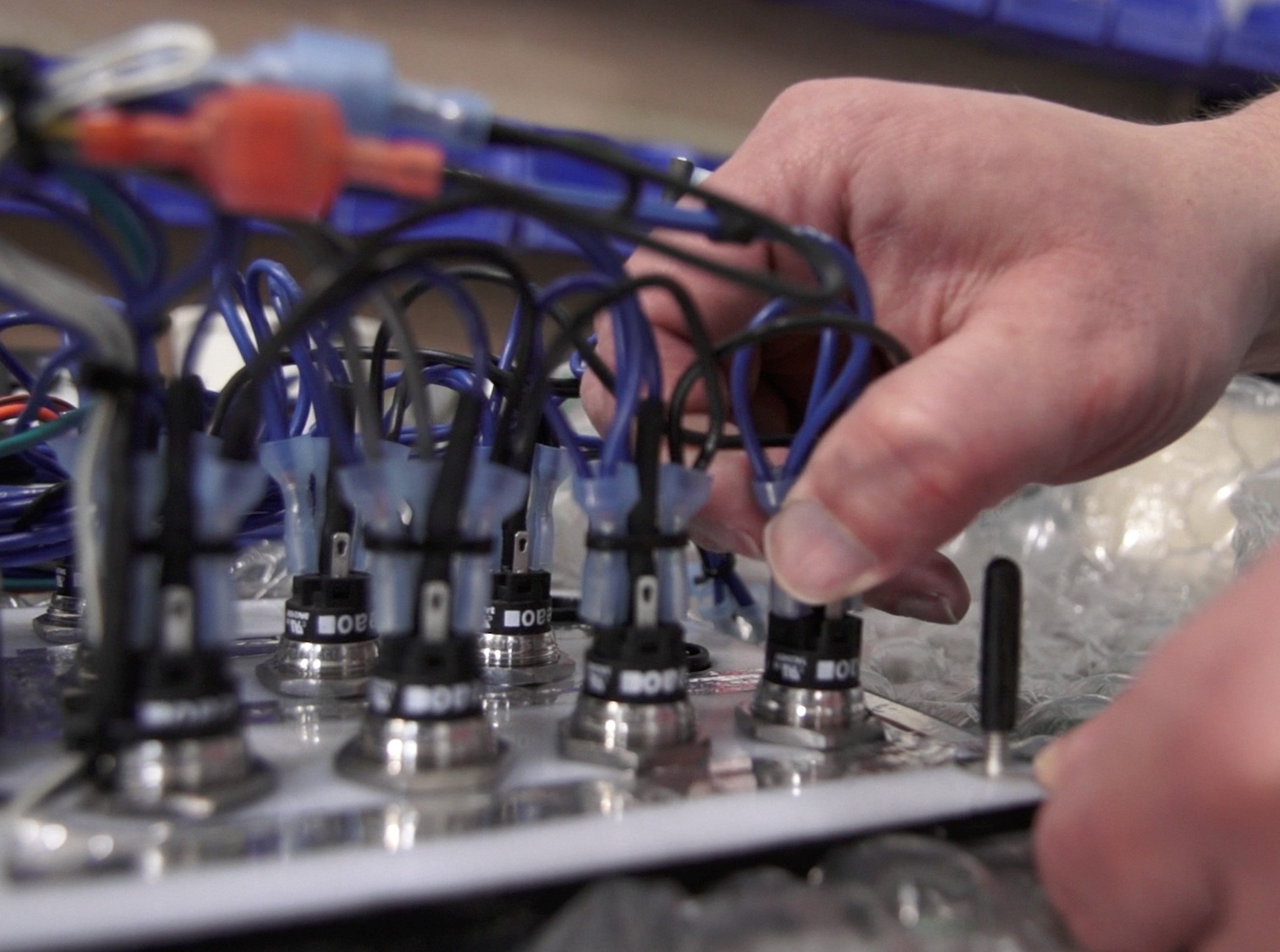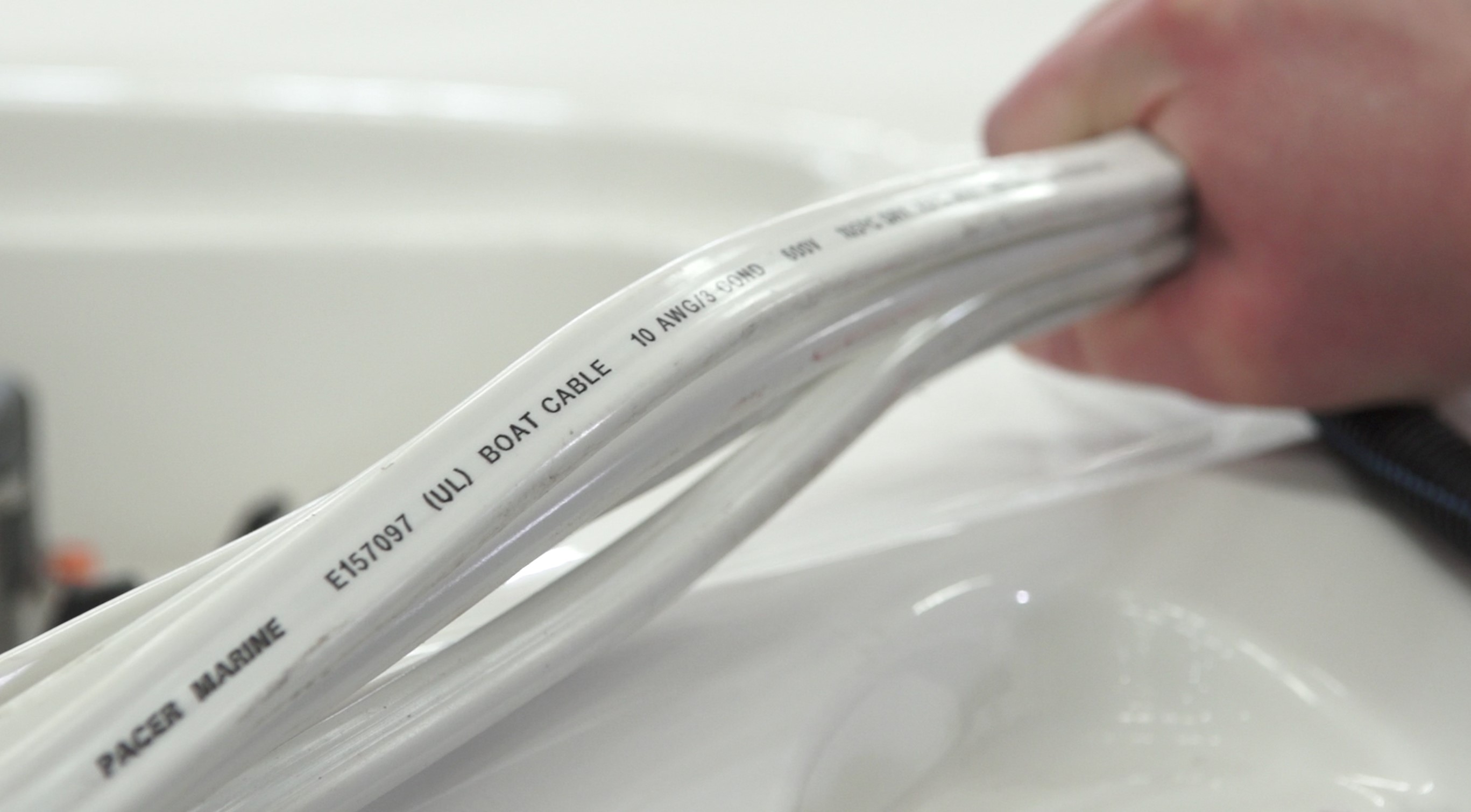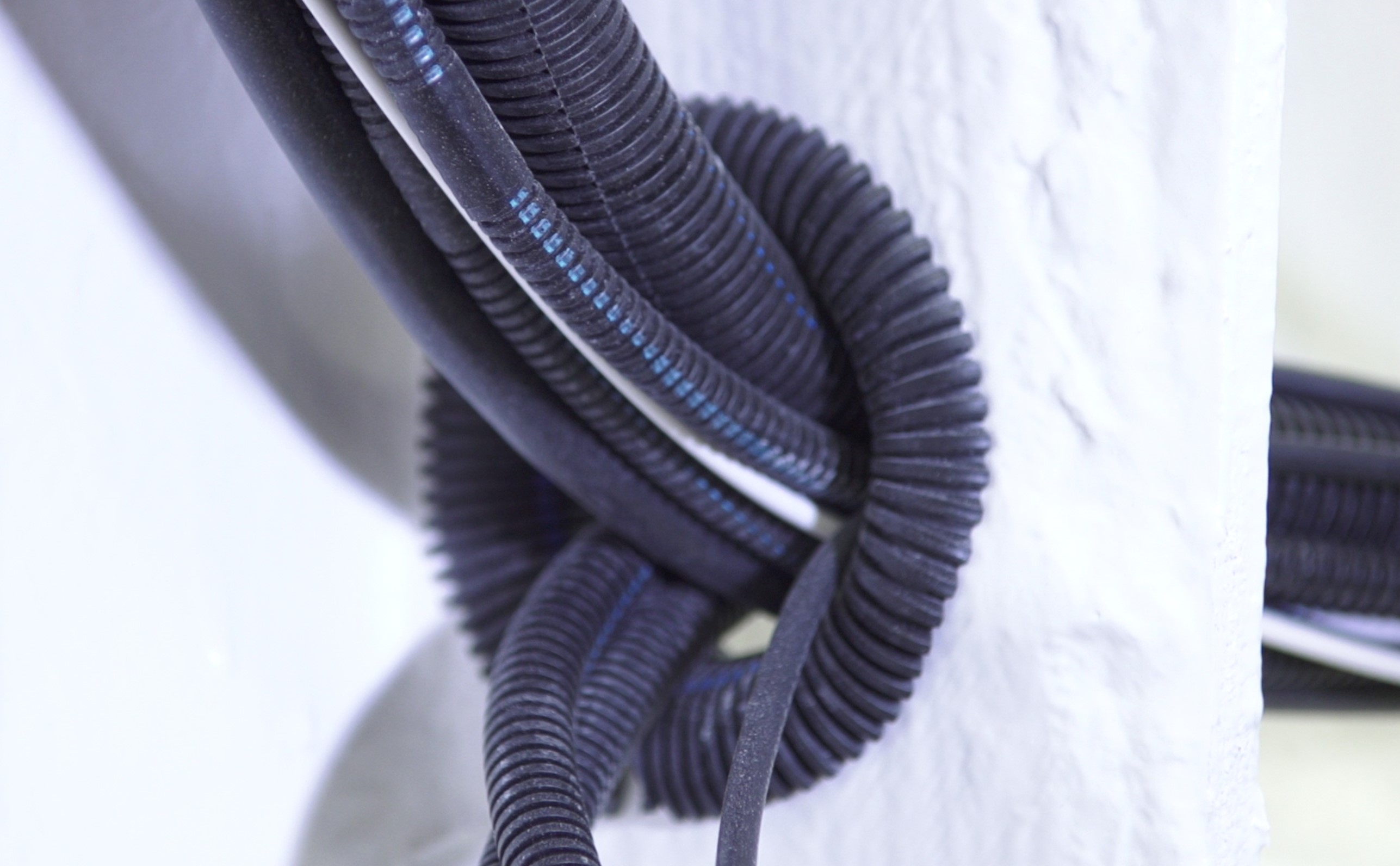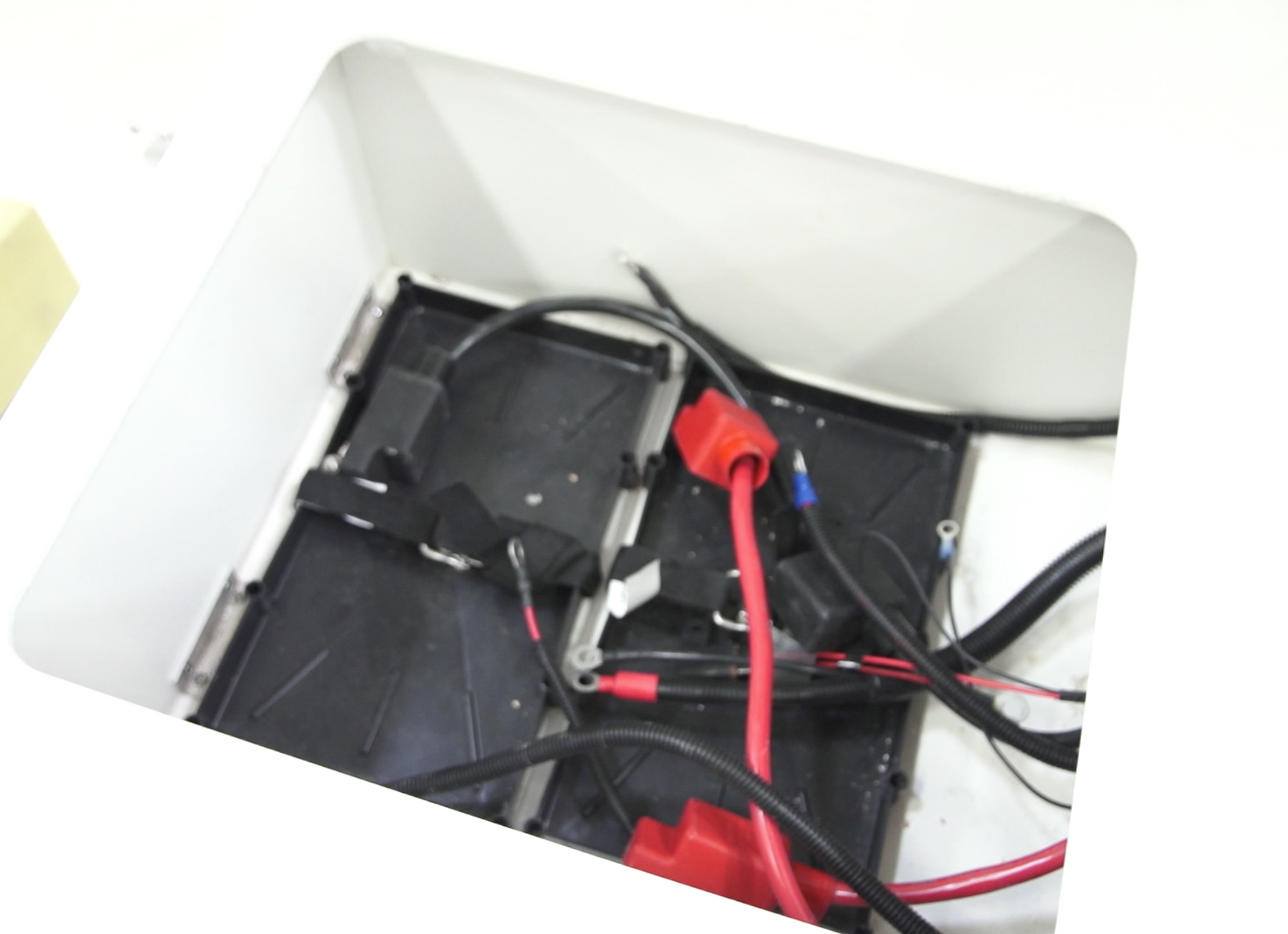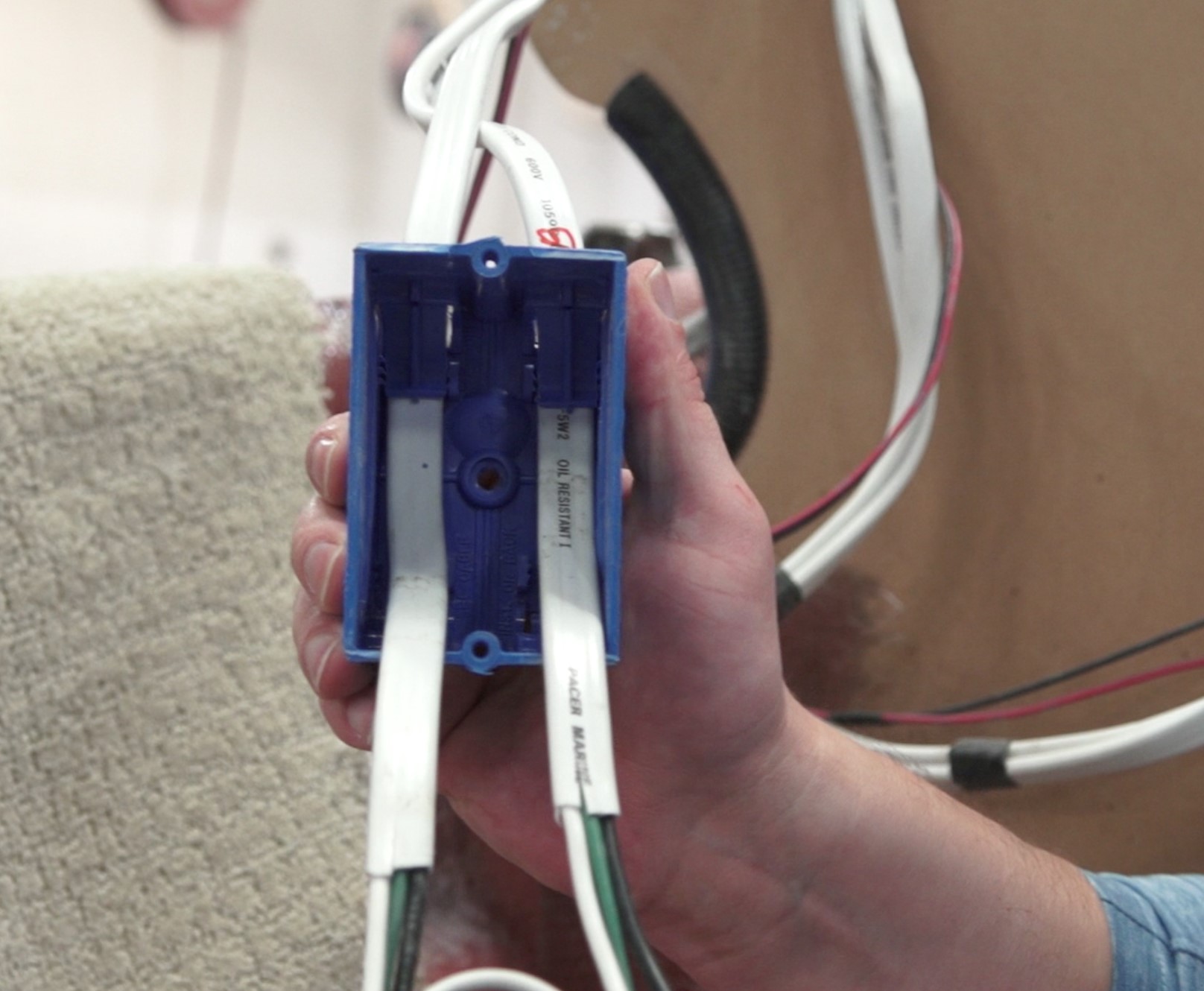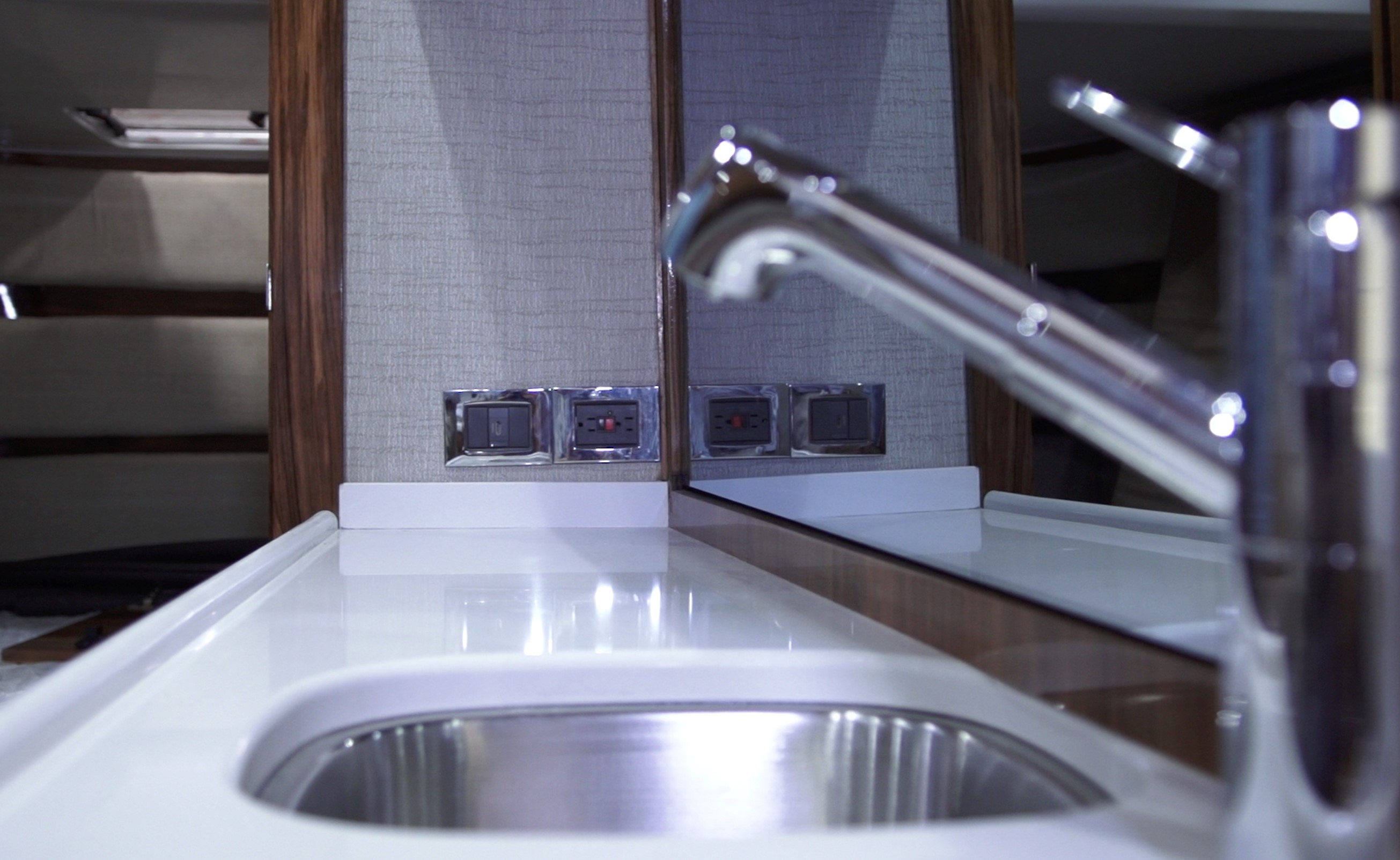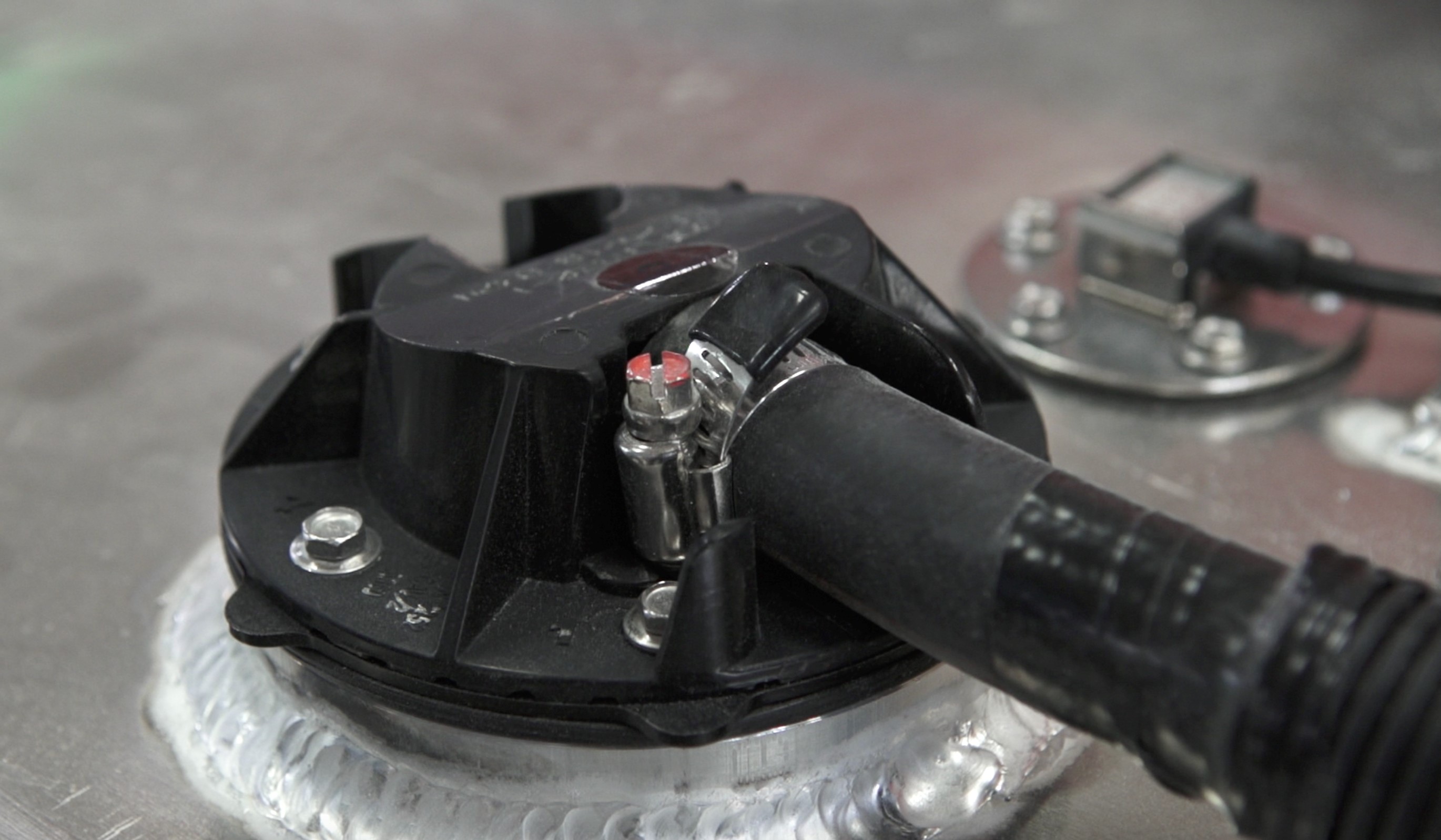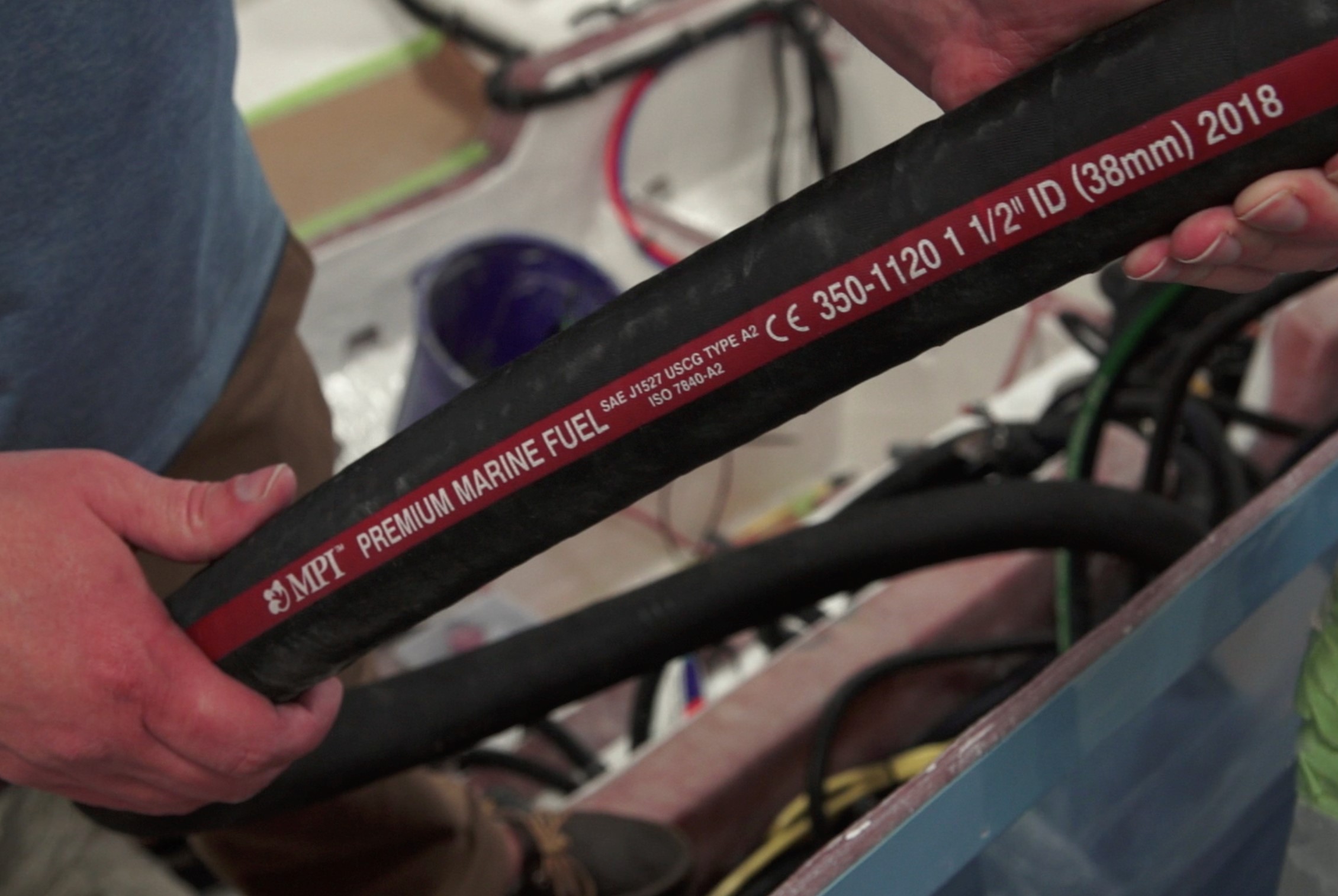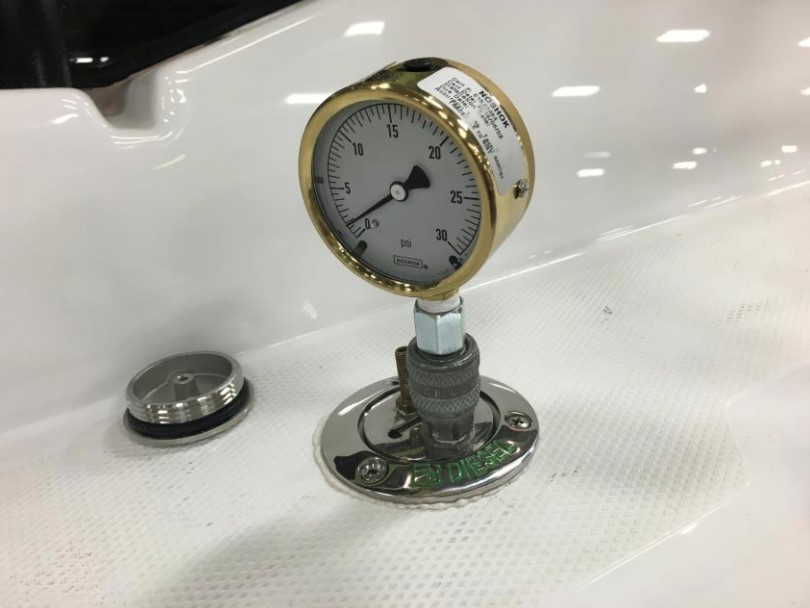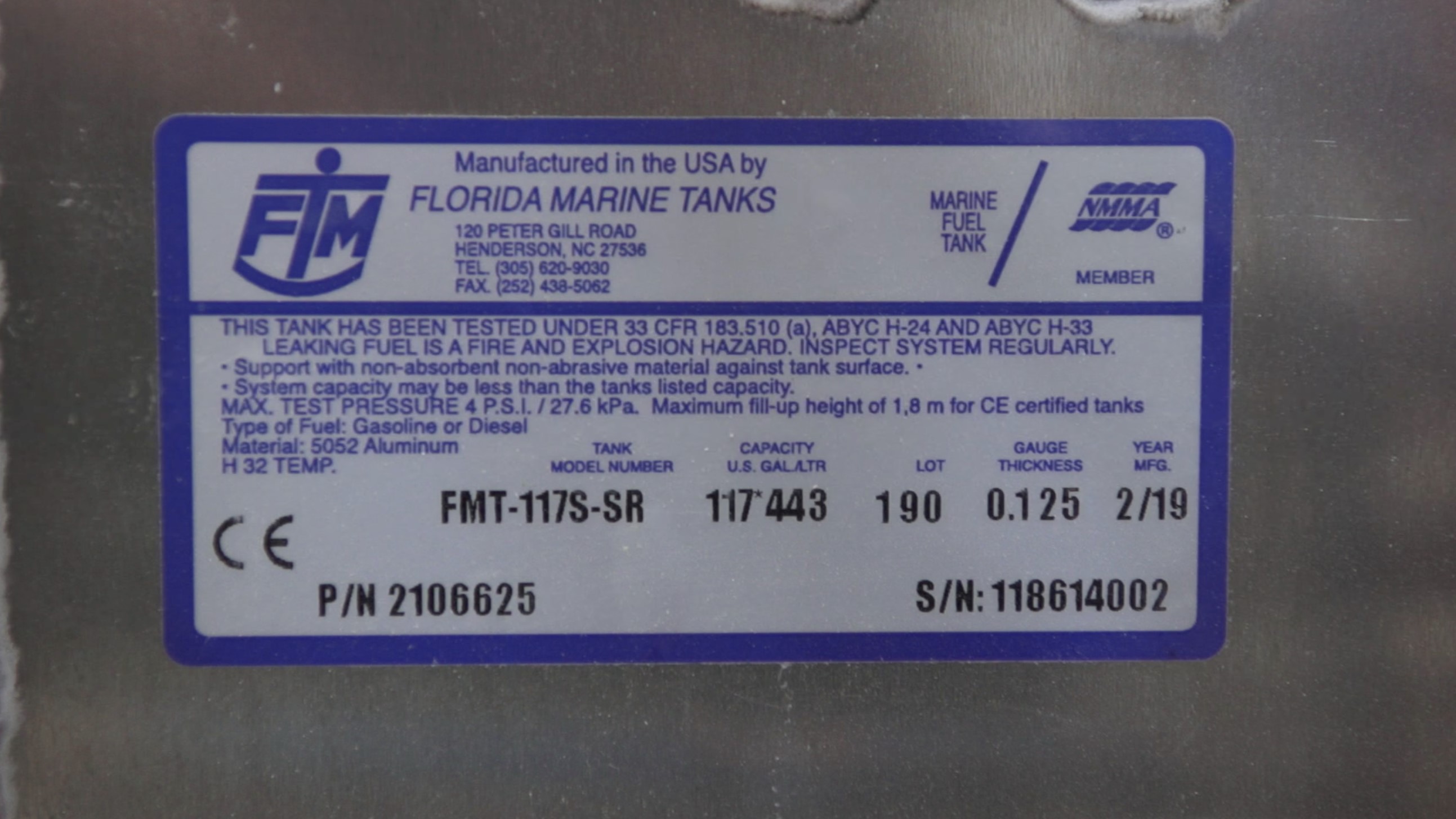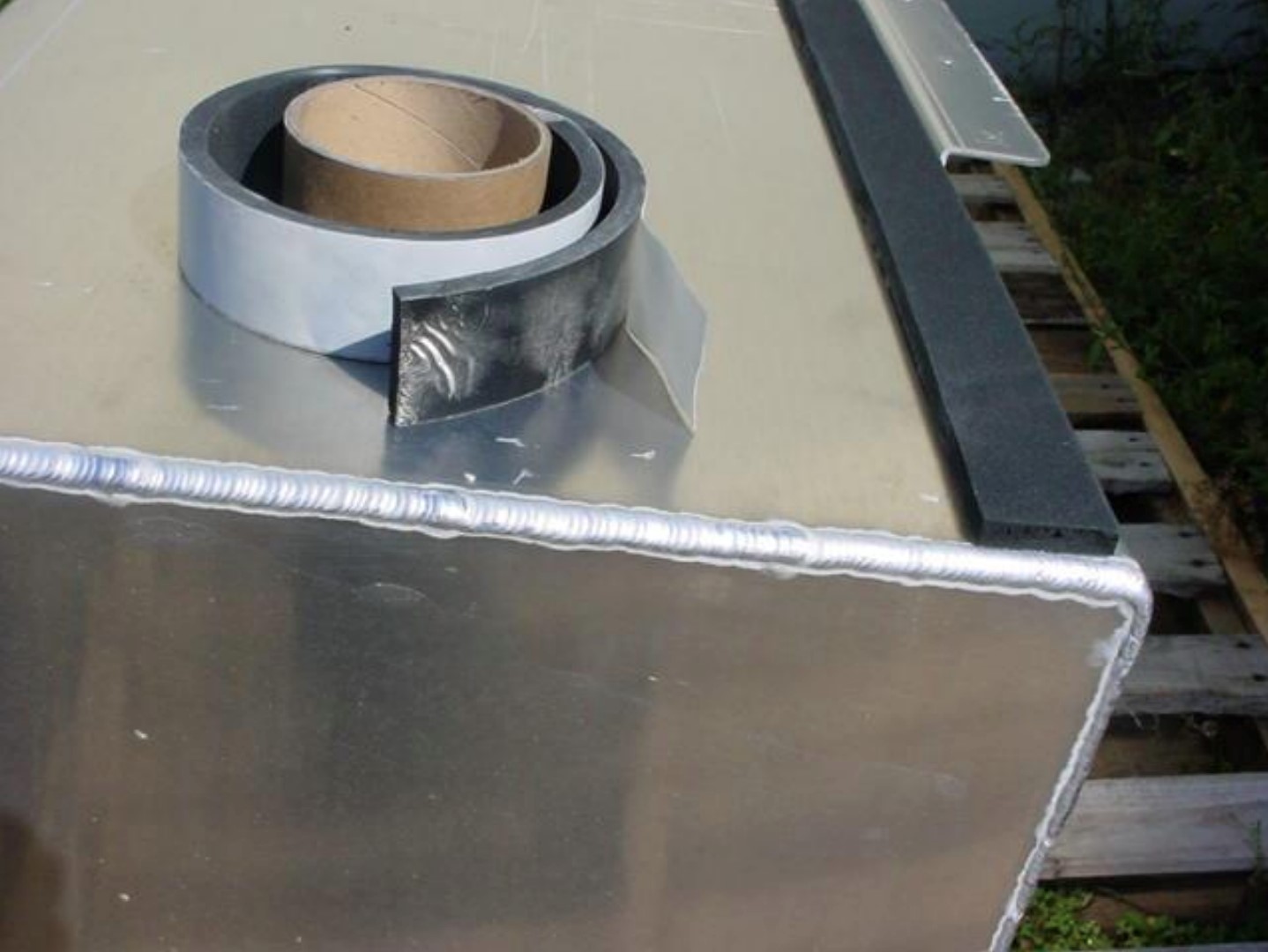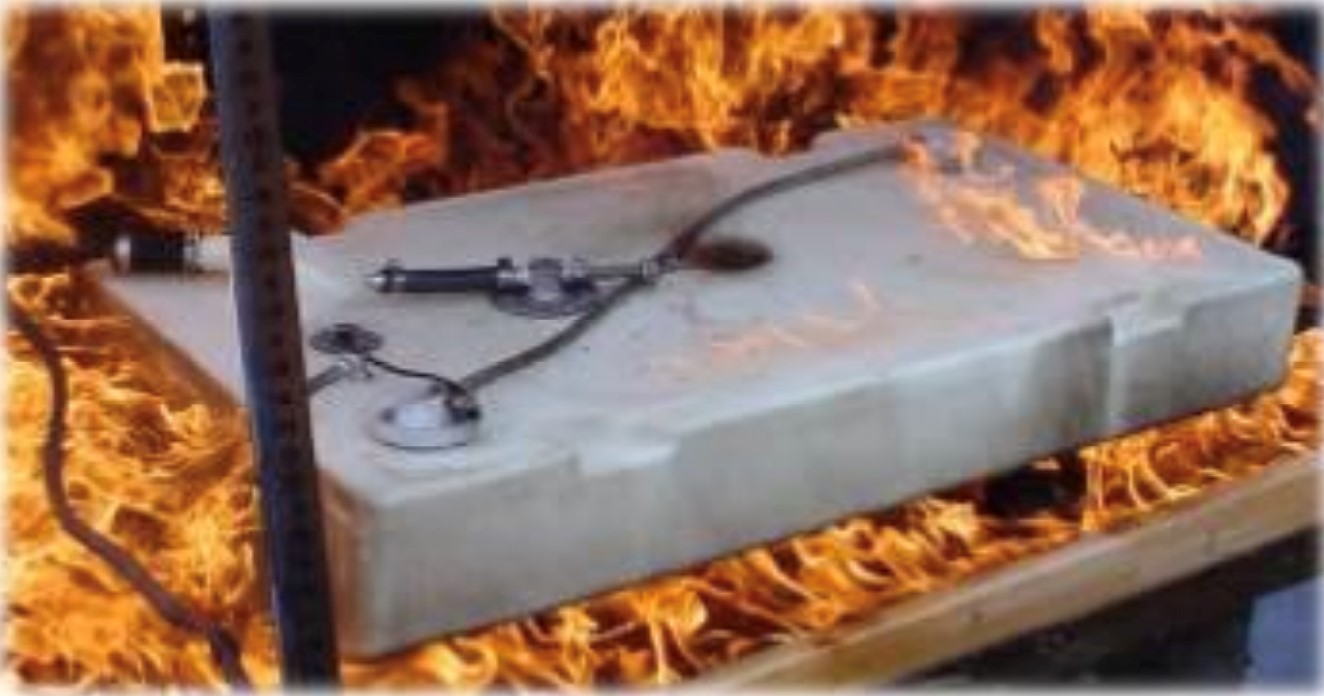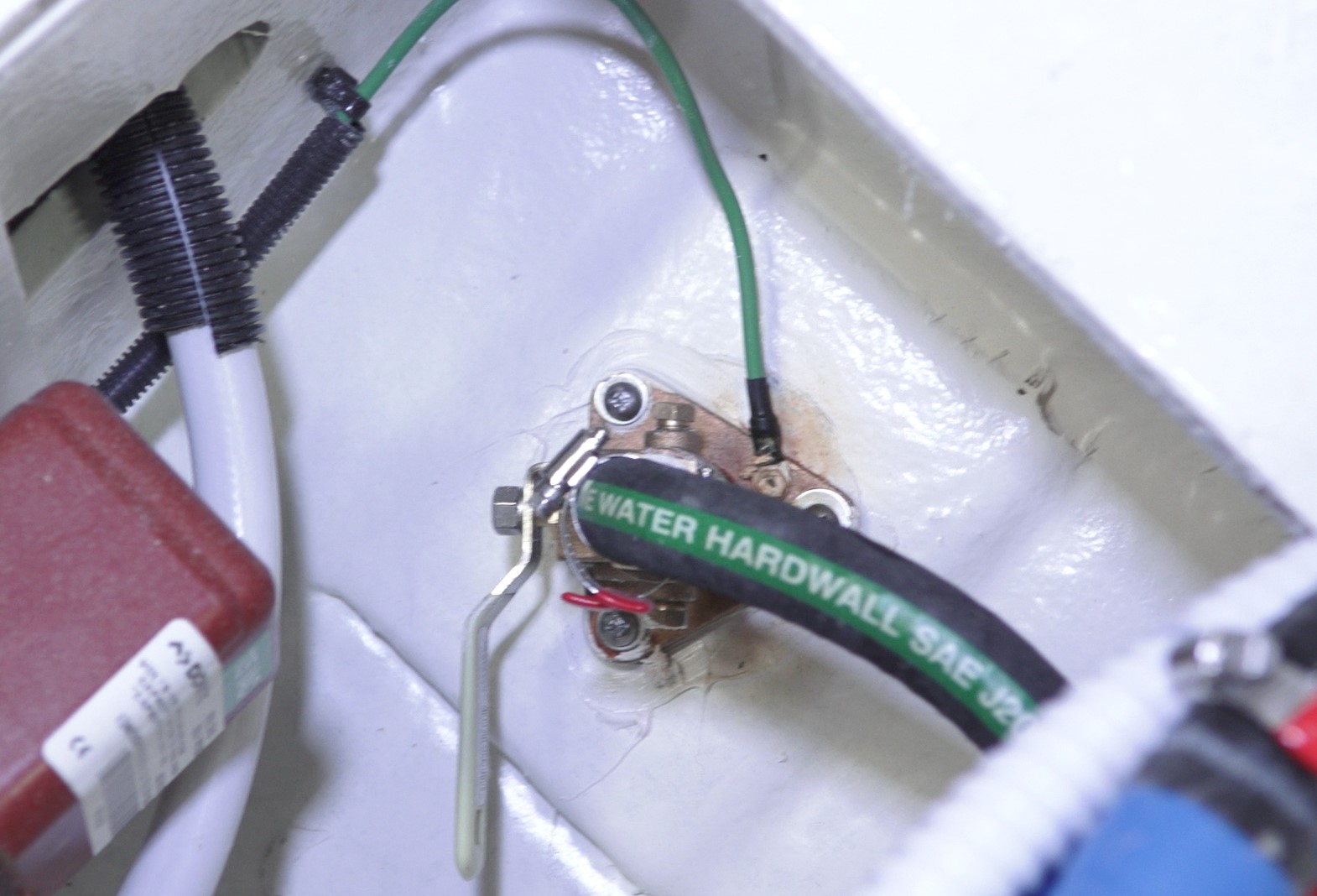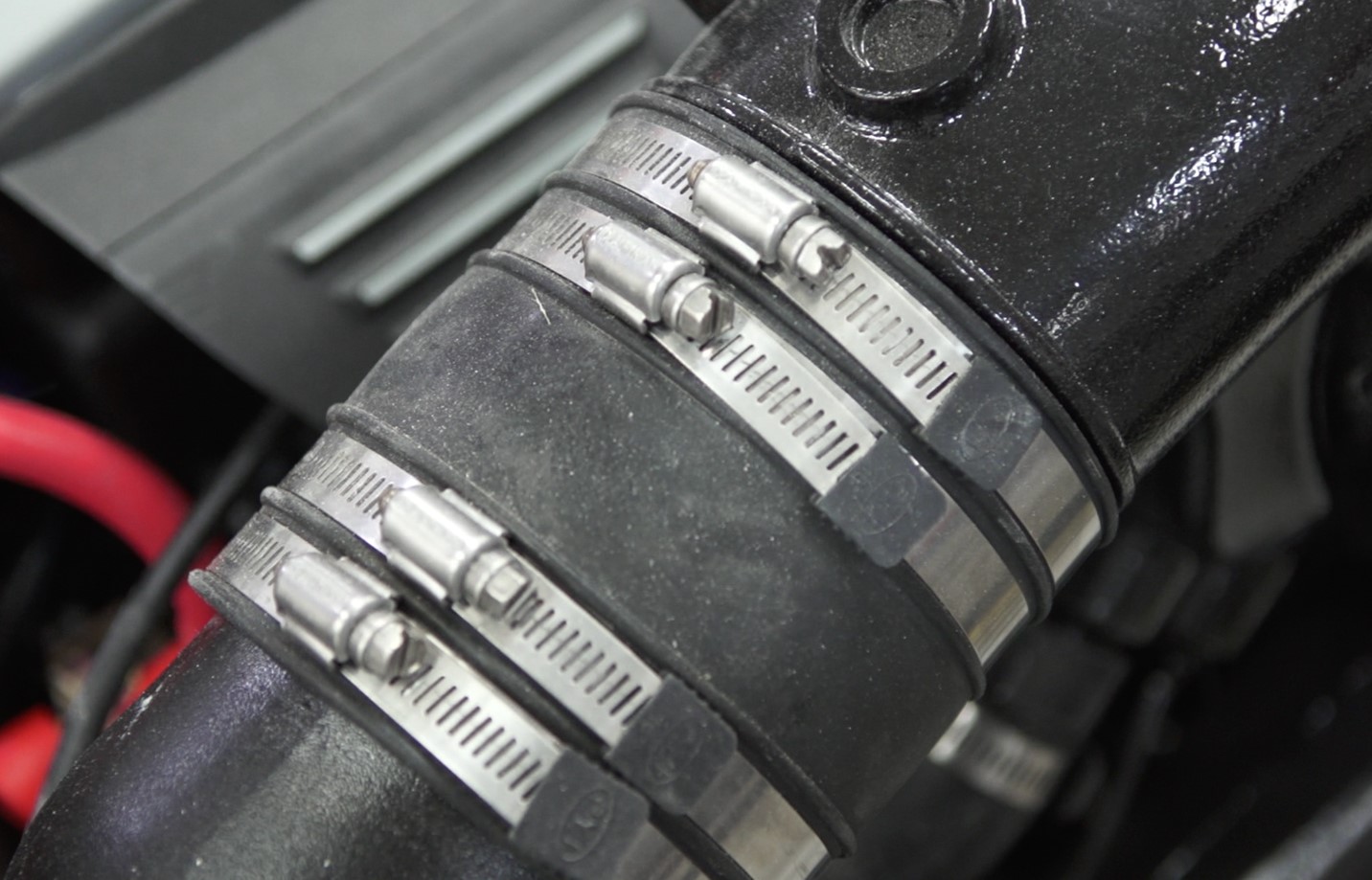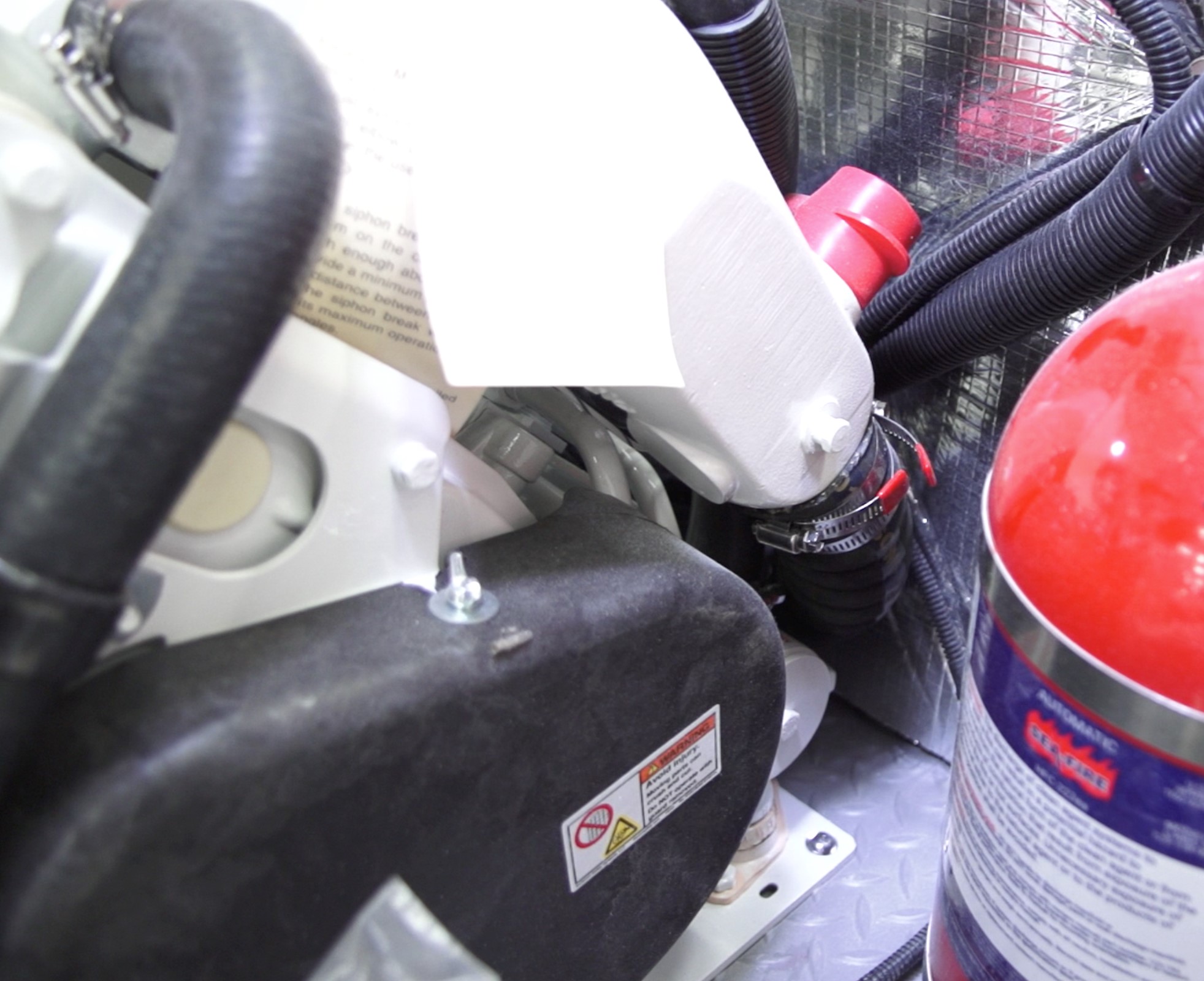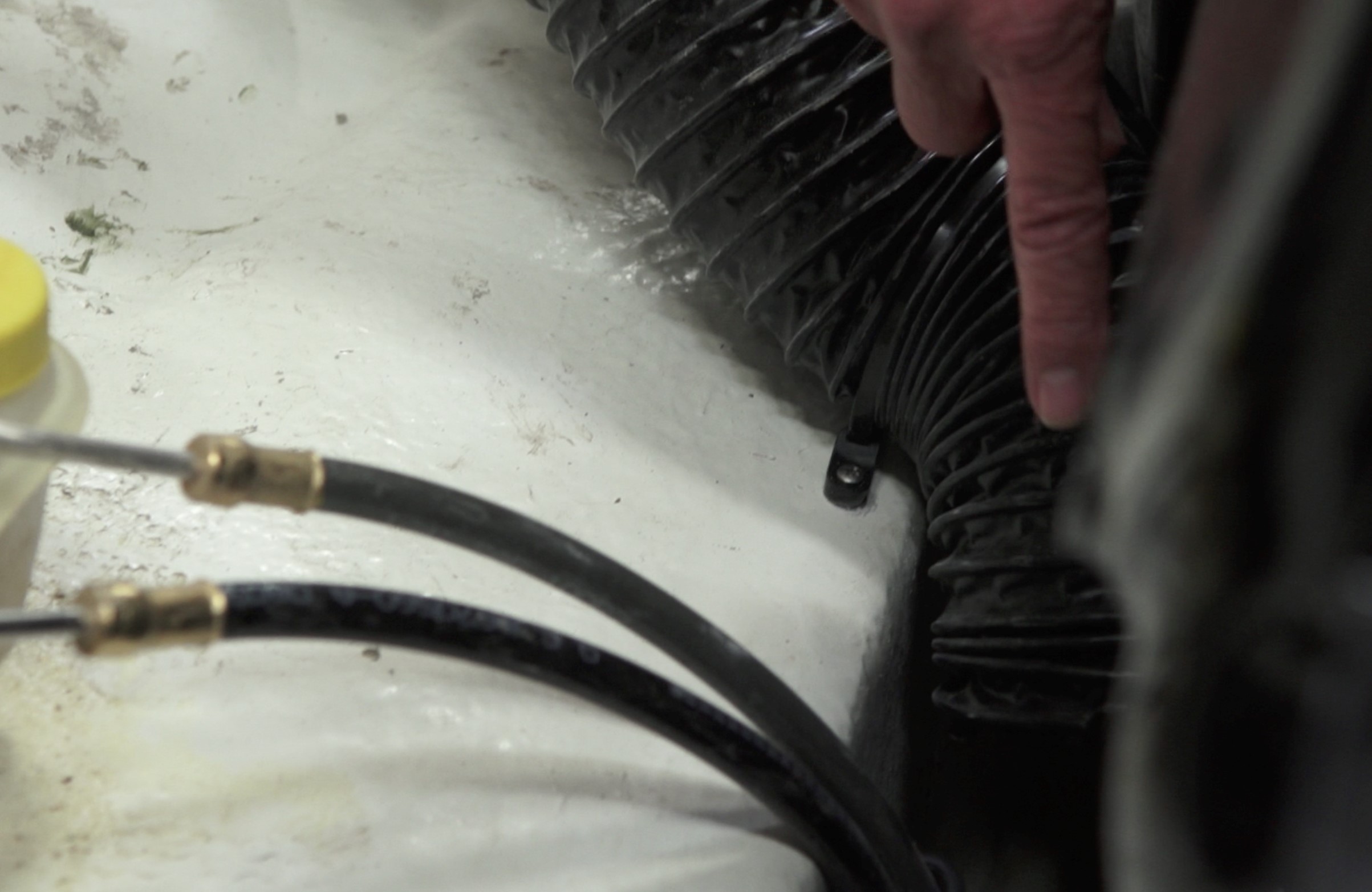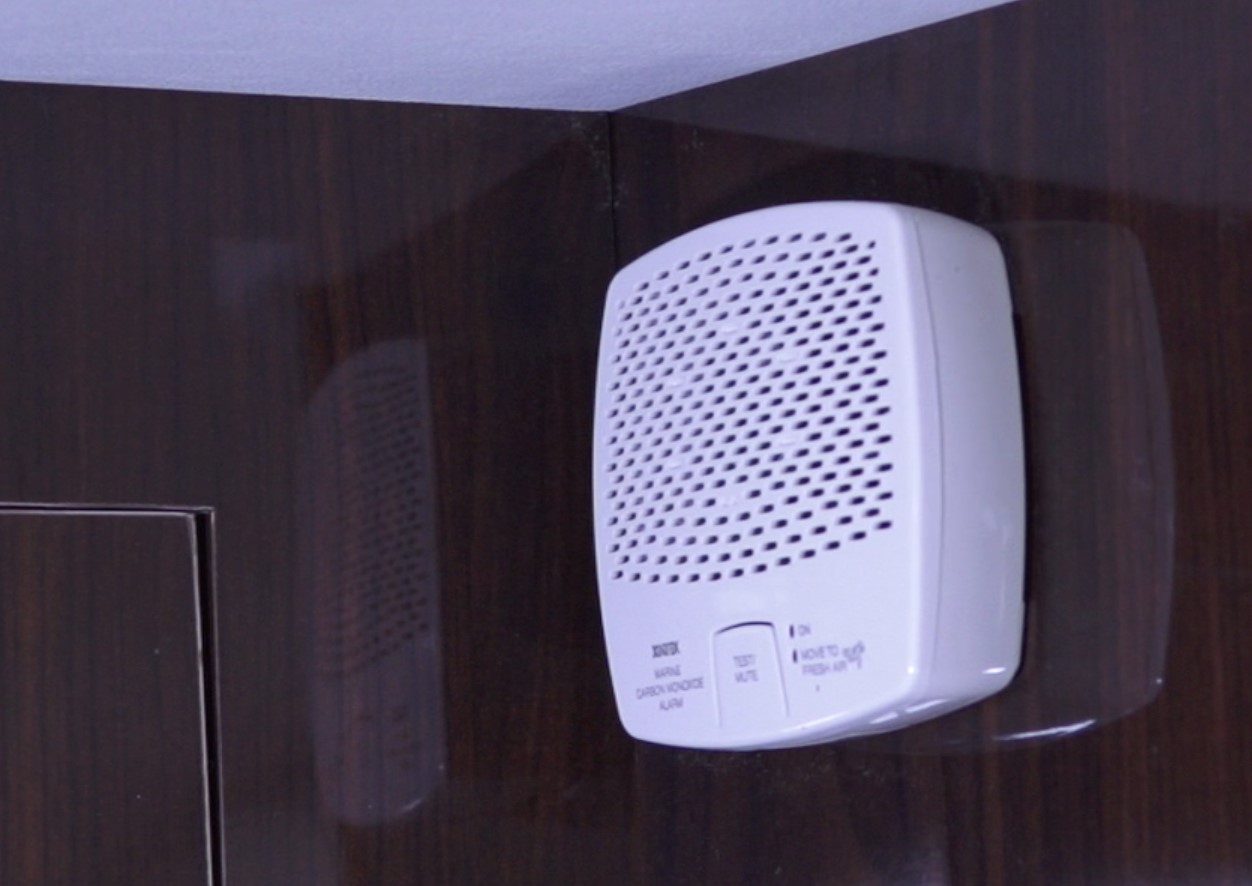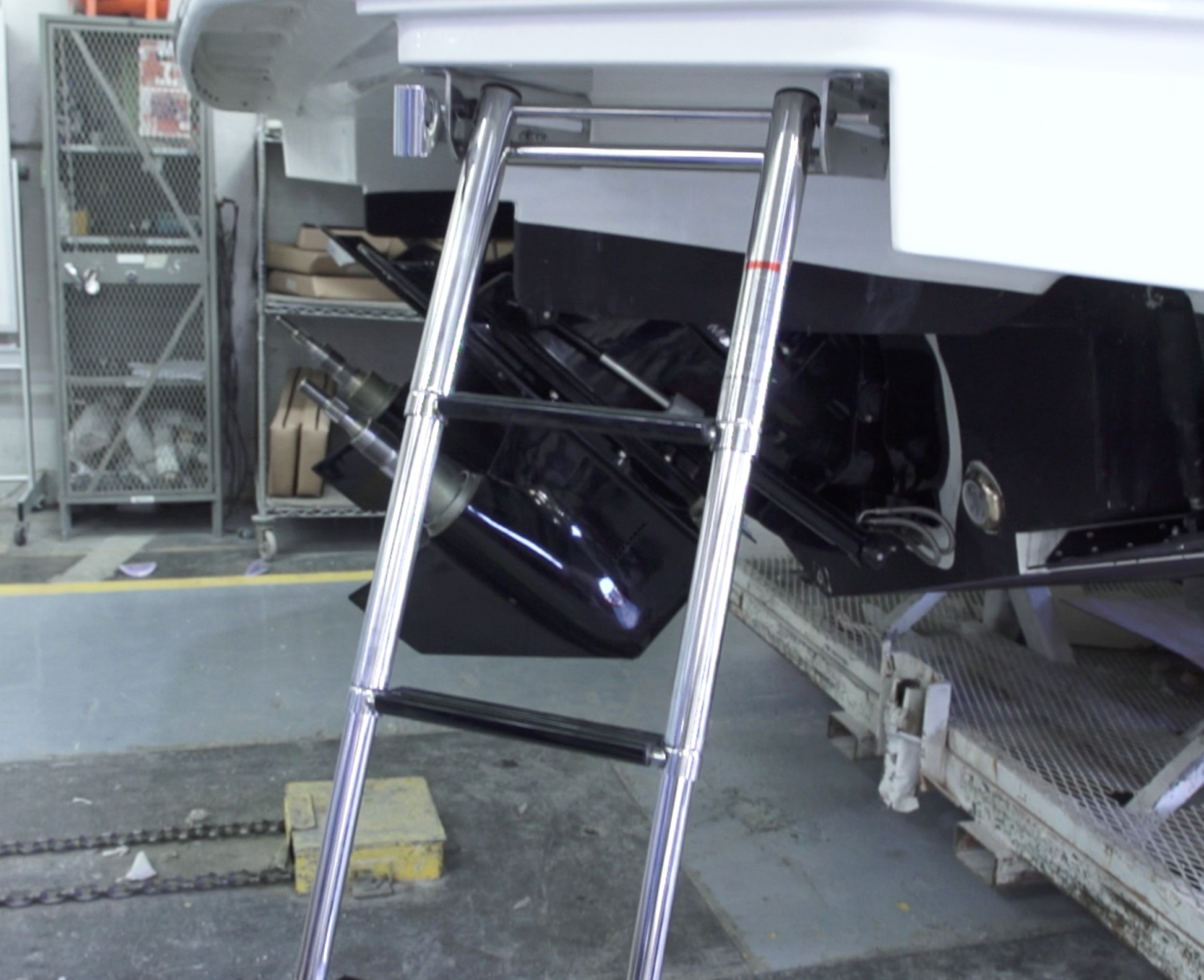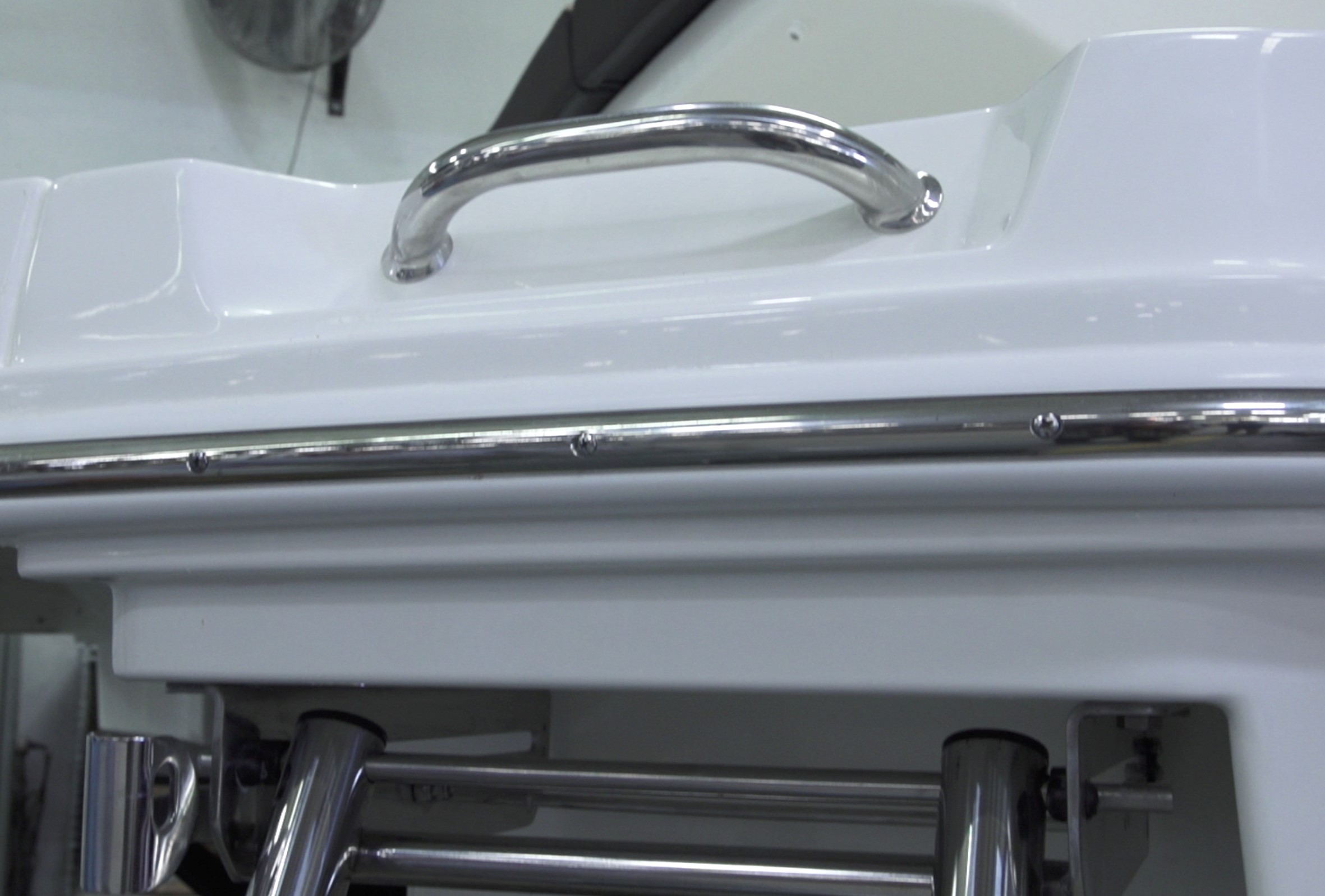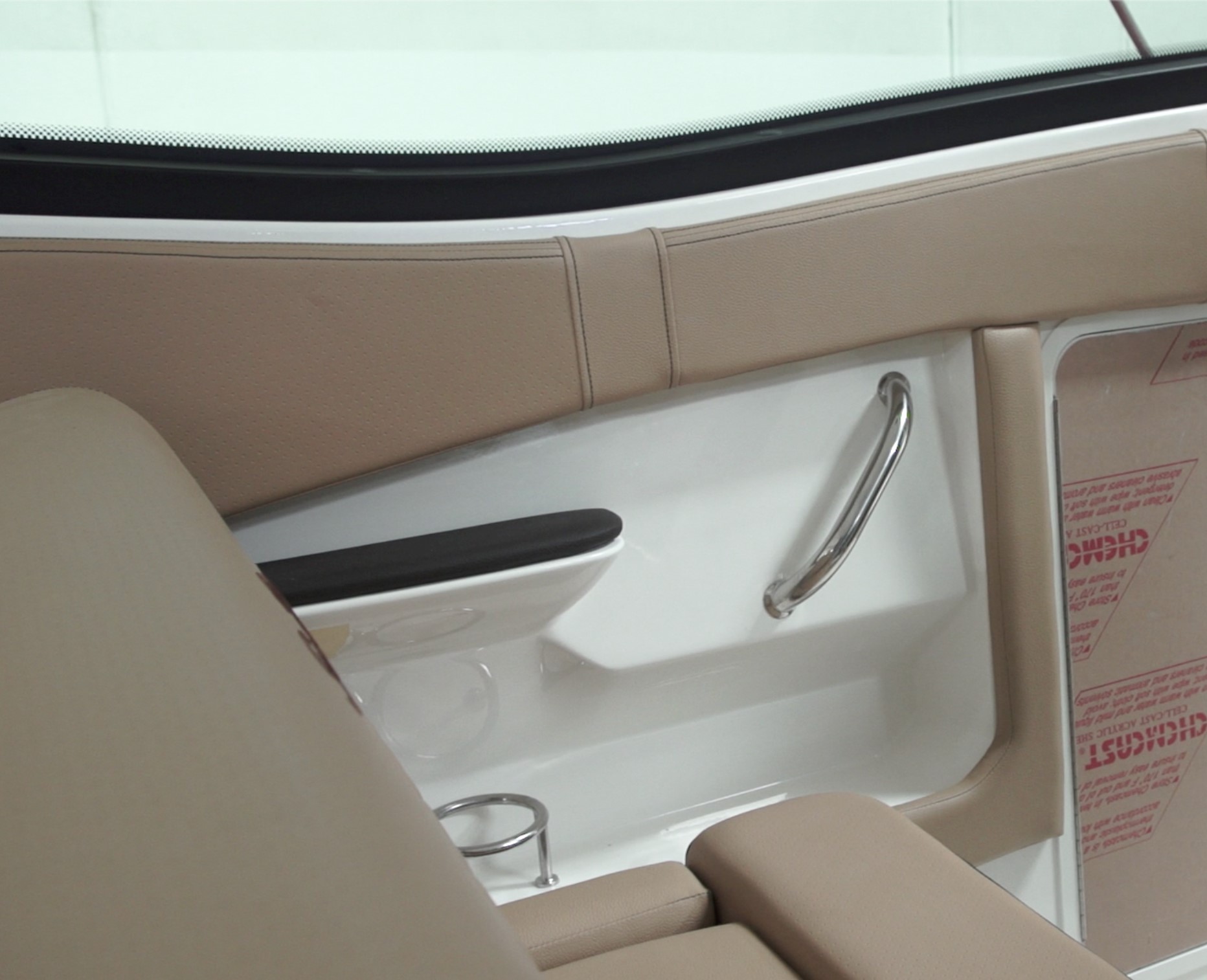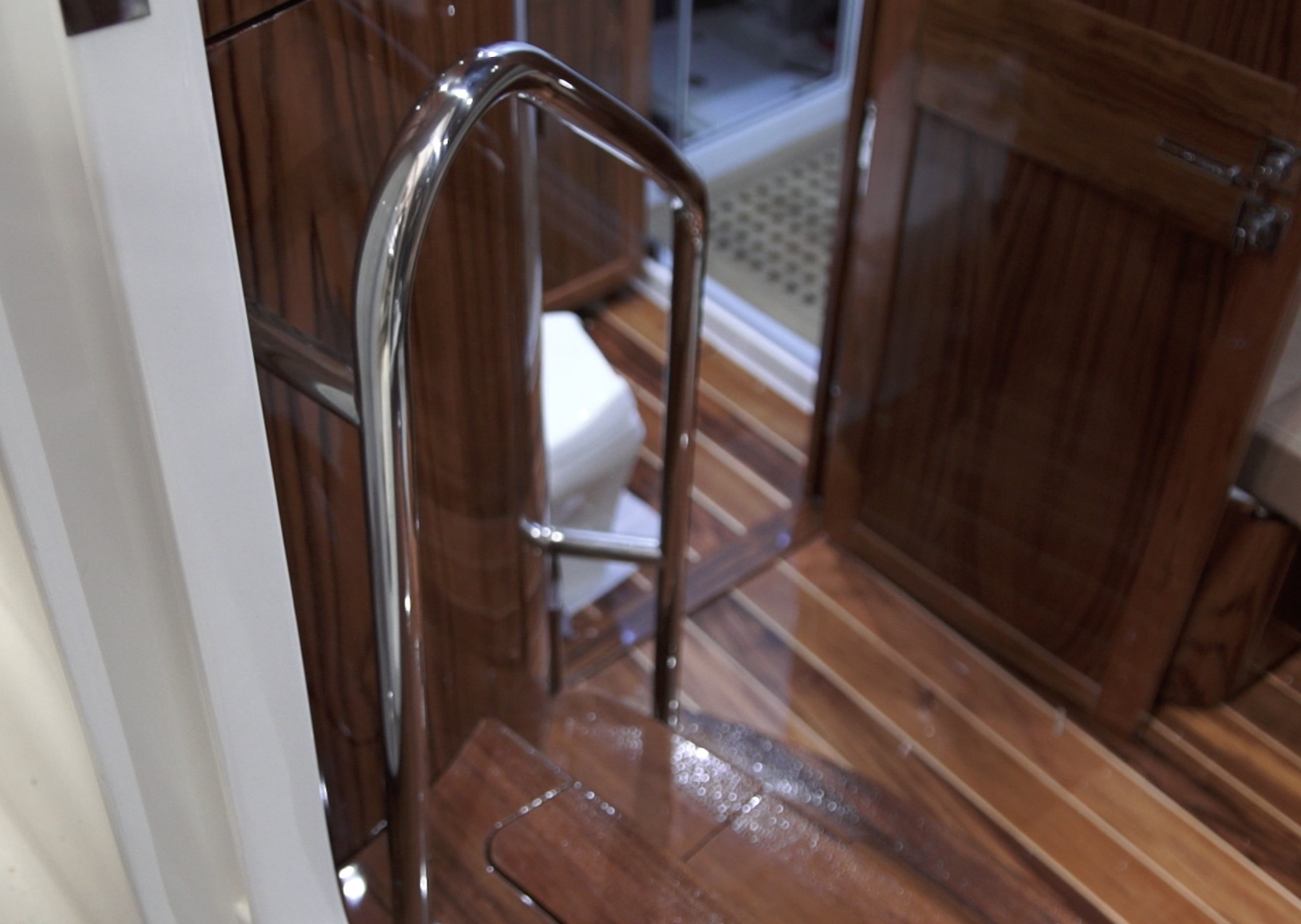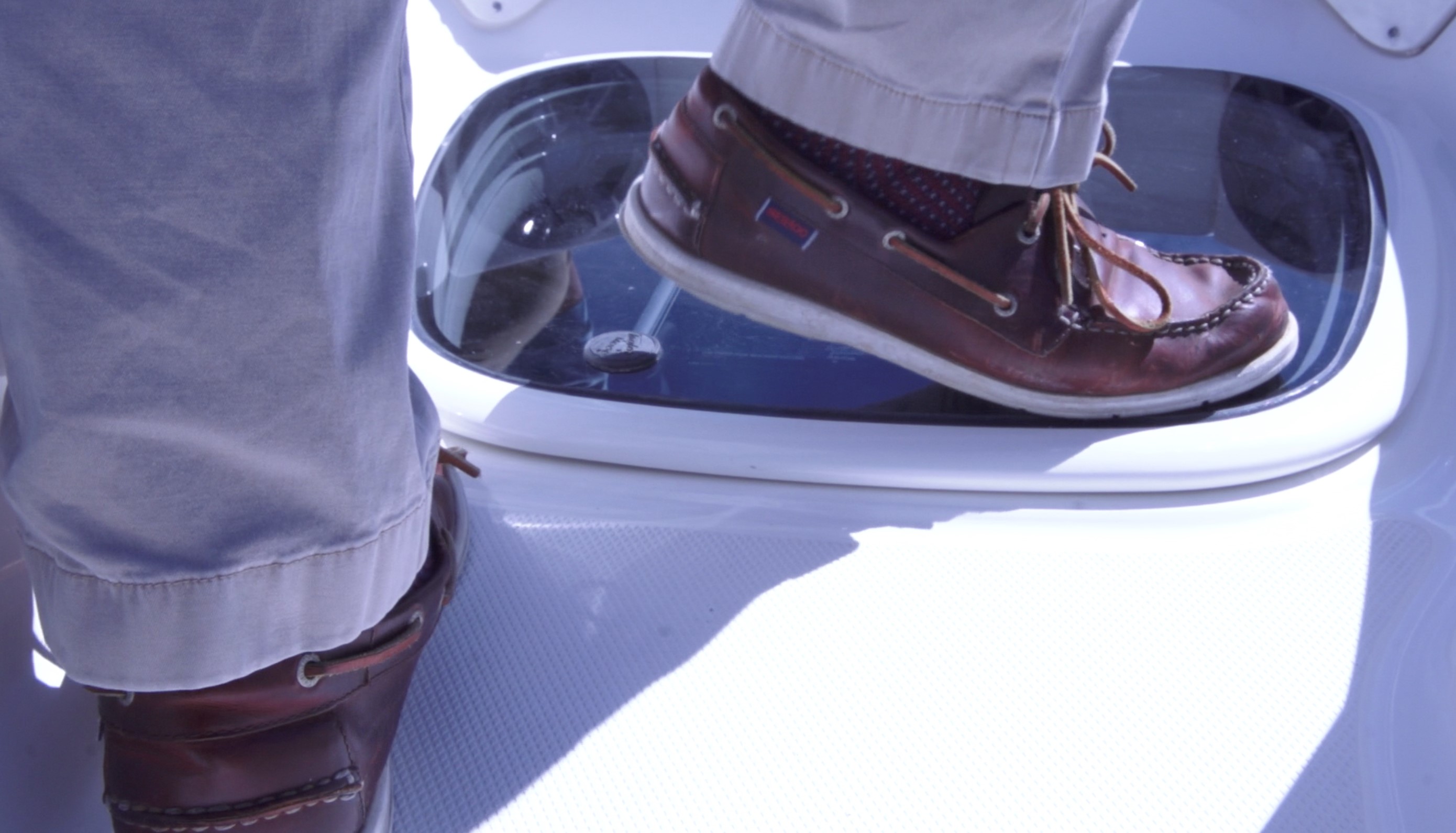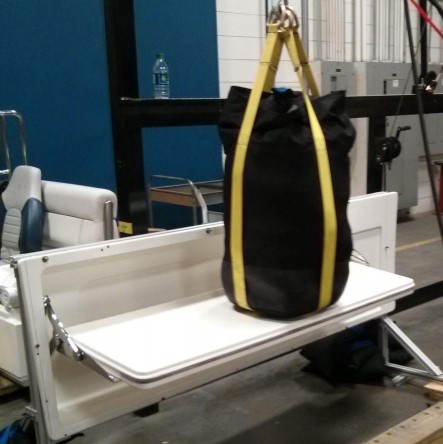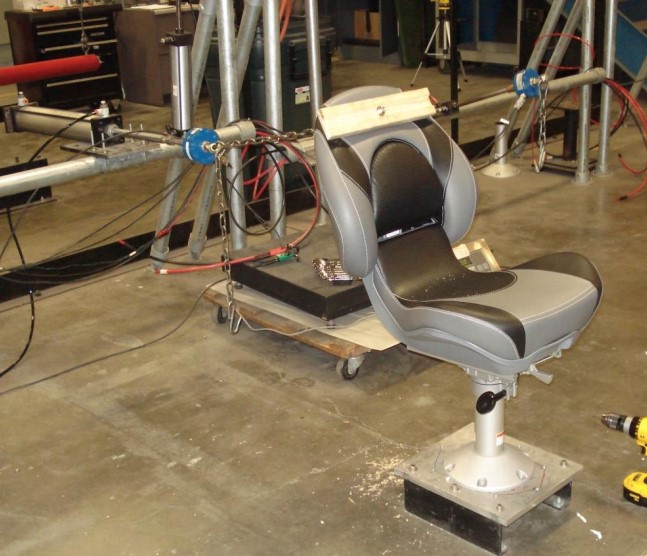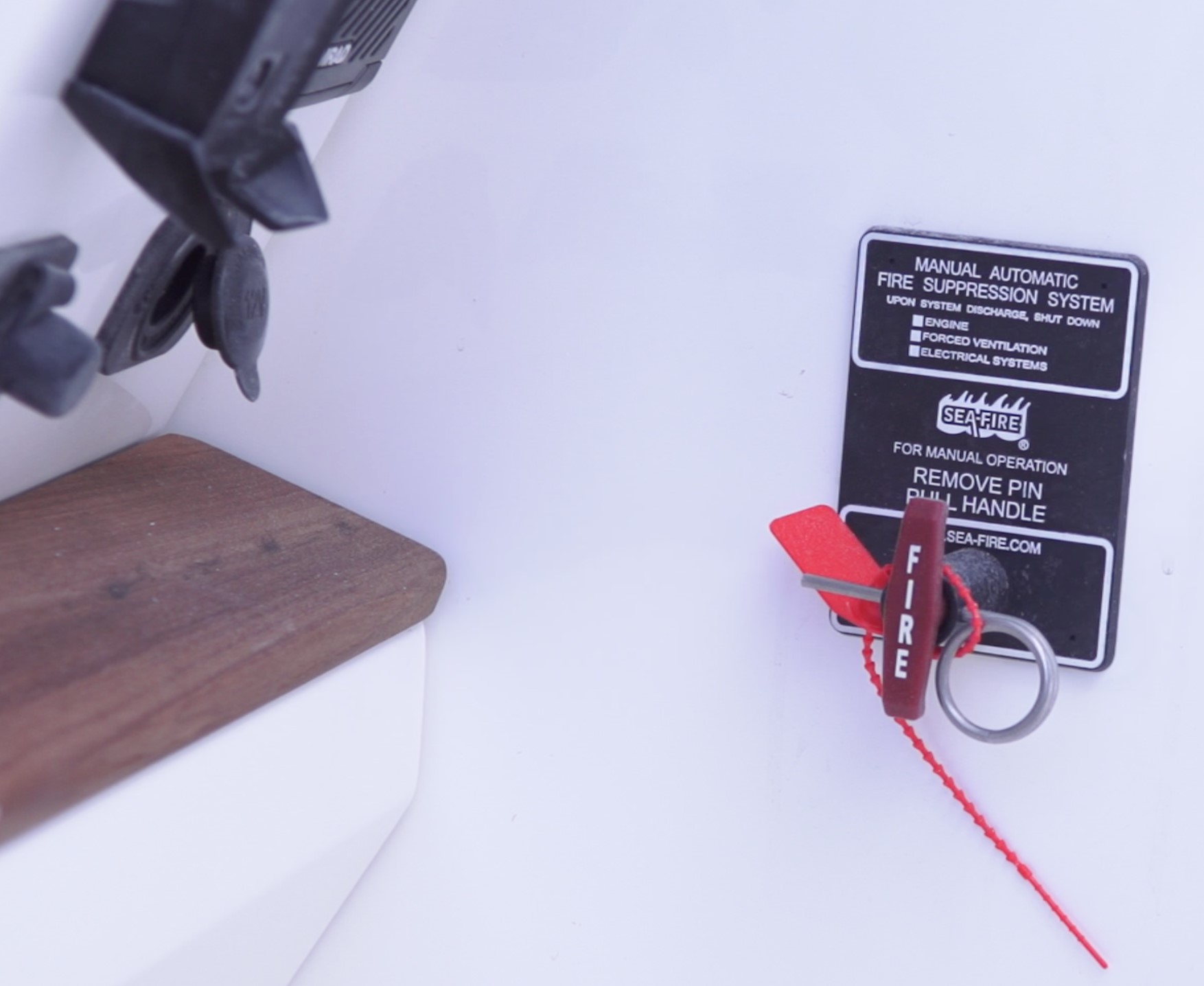NMMA Certification
Captain's Report by Capt. Jason Wood
Brief Summary
The NMMA Boat and Yacht Certification program is part of the National Marine Manufacturers Association effort to improve the confidence of the boating public in the products they purchase. The program features inspectors that observe the build processes used by manufacturers and certify that the standards developed by the American Boat & Yacht Council (ABYC) for boatbuilding are followed through a 26-page checklist. Boats that are built using these standards are considered better built, safer, and less likely to break down or require repairs.
This logo means a boat adheres to strict design and construction standards that are backed up with hands-on inspections.
Mission
The NMMA Boat and Yacht Certification program improves build quality and consistency in the product lines of members of the National Marine Manufacturers Association, by creating guidelines based on the ABYC standards. A happy secondary result is that a boat that is NMMA Certified will inspire confidence in boat buyers looking for a boat that is safe and well built. If builders are willing to go to the trouble of paying attention to the details that will get their boats certified, they have a construction process that is dialed in on all fronts. Certification requires a comprehensive inspection of each model to ensure every item on a 26-page questionnaire — well over 300 items — is met to the satisfaction of the inspector.
Certified boats get careful attention from their builders, something boaters surely appreciate when they take their family on board.
NMMA Boat and Yacht Certification
Today, 85% of the boats sold in the US are certified by the NMMA to meet ABYC standards. Around 190 manufacturers build boats around the world to the standards of NMMA certification. Recreational boating contributes more than $170 billion to the US economy and employs 691,000 people across the country. Certification is the benchmark for product quality.
The NMMA works with experienced third-party inspectors — the five inspectors have upwards of 190 years of marine-industry experience — to review boats at all stages of the production line for each new model.
Boaters who appreciate build quality understand what “NMMA Certified” means, where the details get the attention they need to ensure safe operation and durable construction.
To become an NMMA Certified Manufacturer:
• The builder must be an NMMA member
• The builder must complete the application and get approved by the board
• New manufacturers will register their Manufacturer Identification Code or MIC (pronounced mick) with the US coast guard
• The manufacturers sign an agreement and pay a fee of $300
• The NMMA enlists an inspector to set up an inspection
• The Inspector visits the facility, completes an inspection of all the builder’s models on the production line, and provides an inspection report
• Builders who certify their boats must meet the criteria set forth by the 26-page checklist of well over 300 items
• The manufacturer has 30 days to provide a corrective-action list, or a list of irreversible corrective actions that have been implemented into the production process to resolve those issues
The Standards
The inspectors use the comprehensive standards for safe boat building set by the American Boat and Yacht Council, or ABYC. These are not the same as the standards used by the U.S. Coast Guard, which establish a minimum safety standard for boats.
The ABYC educates boat builders on the proper standards for recreational boats.
While not every standard applies to every boat, some of them show the level of detail to which builders must adhere in their design and build processes. Here are a few good examples.
The standards are outlined in a book, but are also available to ABYC members online.
Helm Visibility
Visibility from the helm from both seated and standing positions have strict ABYC standards. There must be clear, unobstructed horizontal vision from seated position from 27” (68.5 cm) off the seat to 33” (84 cm) above the seat.
Measurements for the seated position ensure that there is a clear view to a point on the water four boat lengths or 164’ (49.99 m) forward of the bow.
In the standing position there must clear, unobstructed horizontal vision from a low eye position of 58” (148 cm) off the deck, to a high eye position of 68” (173 cm) off the deck.
These standards are obviously for express cruisers and larger vessels. There are many more inspection points for operation visibility, but this is the most important.
Electrical Systems and Wiring
When a boat is on the assembly line with her wiring, plumbing and systems partially installed in an engine room, it is a good time for NMMA inspectors to start their work. Unregulated or unprotected electricity can cause fires and explosions and that is why NMMA inspectors spend a lot of time in this area. Also, historically, the weakest point of any boat or yacht has been its electrical system. Here we see a horizontal electrical panel being built to install on a vertical bulkhead in an engine room. The power cable is going to be affixed to a battery terminal. Overcurrent protection is a key to a safe boat.
To make sure there is required over-current protection, NMMA inspectors check breakers, indicated by green arrow, and fuse blocks to make sure they are prescribed distances from the power source.
Wires must be properly loomed and continuously energized components are booted.
Information about over-current and ignition protection must be listed on all breakers, fuse blocks, and solenoids.
Looms and rubber boots must be over all continuously energized components.
The wiring harness must be well supported to relieve strain on that harness connection.
The looms that carry energized wires must be tied up every 18” (45.72 cm) to meet ABYC standards, and here the builder improves that specification to every 11” (27.94 m).
Friction connectors on the back of electrical panels must pass a 6-lb. (2.72 kg) pull test.
NMMA inspectors check the electrical cables used to make sure they meet the standards. If the run of the cable is not long enough to show the label, a tag-style label can be affixed.
On the outer sheathing the cable must be labeled with the gauge, the temperature dry and wet, the voltage, and the type, in this case AC.
Negative bus bars must meet certain standards as well, including a limit of four connections at each terminal. The terminals with multiple connections should be stacked properly so the largest is at the bottom.
Inspectors make sure there is a lock nut or washer on negative bus bar connections.
Chafe on electrical wires is one thing that can lead to trouble and that is why NMMA inspectors make sure that all wires going through bulkheads of any kind be protected with anti-chafe material.
Much of this wiring passing through a bulkhead is protected twice, with chafe-protective loom on the wires, as well as with a piece of loom on the bulkhead edge.
Batteries must be restrained, and ABYC standards require that they be strapped down to a dedicated base or tray. Inspectors make sure that every battery box as two vents at the top.
Battery strapping must be able to restrain twice the weight of the batteries.
All wiring on board must meet ABYC standards, and that is not limited to covering just the boat’s DC system. An AC system, when present, has its own standards that are inspected.
This AC junction box has tabs that hold the wiring in place to reduce pull on the connection point.
Electrical outlets near a location that can get wet, including a galley or in a head, and of course on deck, must have ground fault circuit interrupt (GFCI) protection. When the circuit trips just press the little red button when all is well, to reset the outlet.
Fuel System
Gasoline fuel systems in boats must be carefully built and ABYC has a set of strict standards to make storing fuel, and using it, safe. All fuel fills must be accessible. Fuel fills enter the top of all fuel tanks.
ABYC requires two stainless steel hose clamps that aren’t overlapping each other a quarter-inch (0.635 cm) away from the end of the hose.
The only fuel line hose that does not have to be double-clamped is the one on the vent system as we see here on the top of the tank.
All fuel hoses taking fuel from the tank to the engines must meet international specs and be labeled as such.
This hose proudly proclaims that it meets standards from Society of Automotive Engineers, the U.S. Coast Guard, the International Standardization Organization, and European Conformity standards.
All boats must have their fuel system pressure-tested to a level of at least 3 psi or 1.5 times the maximum hydrostatic pressure it will see in service, whichever is greater.
A label on the side of the tank attests that the tank has been inspected to meet ABYC standards. The position of the label works with the boat’s design as part of the standard is that labels are visible when parts are installed.
Metallic fuel tanks need to be installed properly, with brackets or other retaining supports having the non-abrasive, non-absorbent cushioning material permanently affixed to the tank to prevent condensation, or bilge water, from corroding the tank.
Note how this tank has the protective neoprene attached to the tank.
All non-integral fuel tanks and their components that will be within the engine room must be certified to withstand a fire test for 2 ½ minutes and then pass a pressure test.
Through-Hull Fittings
Another inspection point on the NMMA check list are all of the through-hull fittings. First, through-hull sea cocks and ball valves must be readily accessible. Seacocks must be able to withstand a 500 lb. (226.8 kg) force for 30 minutes to pass inspection. Seacocks are tested for side strength outside the boat on panels.
This seacock is readily accessible (which means one can get to it without tools, so it can have a loose cover) and can be not only reached but operated as installed.
Exhaust Hoses
ABYC standards require that all exhaust hoses for both engines and generators be double-clamped with ½'' (1.27 cm) clamps minimum. The NMMA inspector validates that has been done, not only at the through hulls, but also where the exhaust goes into and out of the muffler.
Here we see engine exhaust risers double-hose-clamped to the exhaust tube.
Generator exhaust is always carefully inspected as tight tuns in the hose can lead to heat buildup.
ABYC standards require one blower per engine and the blower intake must be positioned in the lower third of the compartment and also must be self-draining.
If there are fumes in the bilge the blower will pick them up at the end of this tube, and blow them overboard.
Ensuring Air Quality in Enclosed Spaces
Carbon monoxide detectors are required in every enclosed space in the main area and away from an opening portlight, opening window or hatch, because that will contaminate readings.
Each carbon monoxide detector monitor should be replaced every seven years and it should be checked every week.
Reboarding Ladder
An important ABYC standard is that all powerboats must have a ladder that can be accessed by a person in the water. The ladder must extend 22” (55.88 cm) below the waterline, its steps cannot exceed 12” (30.48 cm) apart, each rung must be equidistant, and they cannot have an adjacent surface within 5” (12.7 cm). It also must be as far away from the propellers as possible.
A telescoping ladder can easily meet the length requirement, and the inspector will test the retaining mechanism to make sure a swimmer can release it.
A grab rail is required within reach and it must pass a 400-lb. (181 kg) pull test.
Hand Holds
All boats rock and roll, which is why ABYC standards require that every seat on the boat have a grab handle within reach. They can be on the gunwale, but hand rails on the side of seat base can also work. On this extended settee the best place to put a hand hold is on the seat base so passengers can hang on when need be.
Typically a hand hold is found beside a seat, as this one is on a gunwale.
Even standing positions on boats, such as on center consoles, must have hand holds dedicated to those positions.
This handhold on the underside of a T-top meets requirements.
In companionways and stairways, ABYC standards require hand holds for entering and exiting.
Forward Hatch
Boats equipped with a cooking appliance near the primary means of exit are required to have a secondary means of exit which is through the forward hatch seen here. ABYC standards require that the hatch be at least 14½” (36.83 cm) in diameter. The hatch needs to be operable from both inside and outside of the compartment and open at least 90-degrees.
In the hatch shown here, buttons on the exterior can be compressed and the latches turned to be able to open the hatch.
Builder Testing
Boat seats are where many of us interact most directly with our boats, and so, perhaps the most important tests are conducted not by NMMA inspectors, but by the boat builders themselves. For example, seats of certified boats must withstand substantial testing, including having a 400-lb. (181 kg) weight dropped on the seat itself from a height of 9" (22.86 cm), then supporting that weight for 5 minutes.
The seat structure must support the weight through both an impact and as a static load.
To accommodate the strange ways boaters use their seats — for example, sitting on the back of the seat — the seats must also have the seat back pulled backwards with a force of 150 pound-feet (668 Newtons) and then 253 pound-feet (1126 N) without failure or permanent deformation of more than 10-degrees. NMMA’s inspectors review the builder’s documentation for these tests and approve it.
Some boaters sit on seatbacks, and the testing outlined in the ABYC standards helps to keep them safe.
Fire Detector/Engine Shut Off
ABYC standards require that boats with cabins and at least one sleeping accommodation have a fire detector system with an audible alarm. Boats with fixed fire extinguishing systems shall have a remote control at the main helm to activate the fire suppression system.


